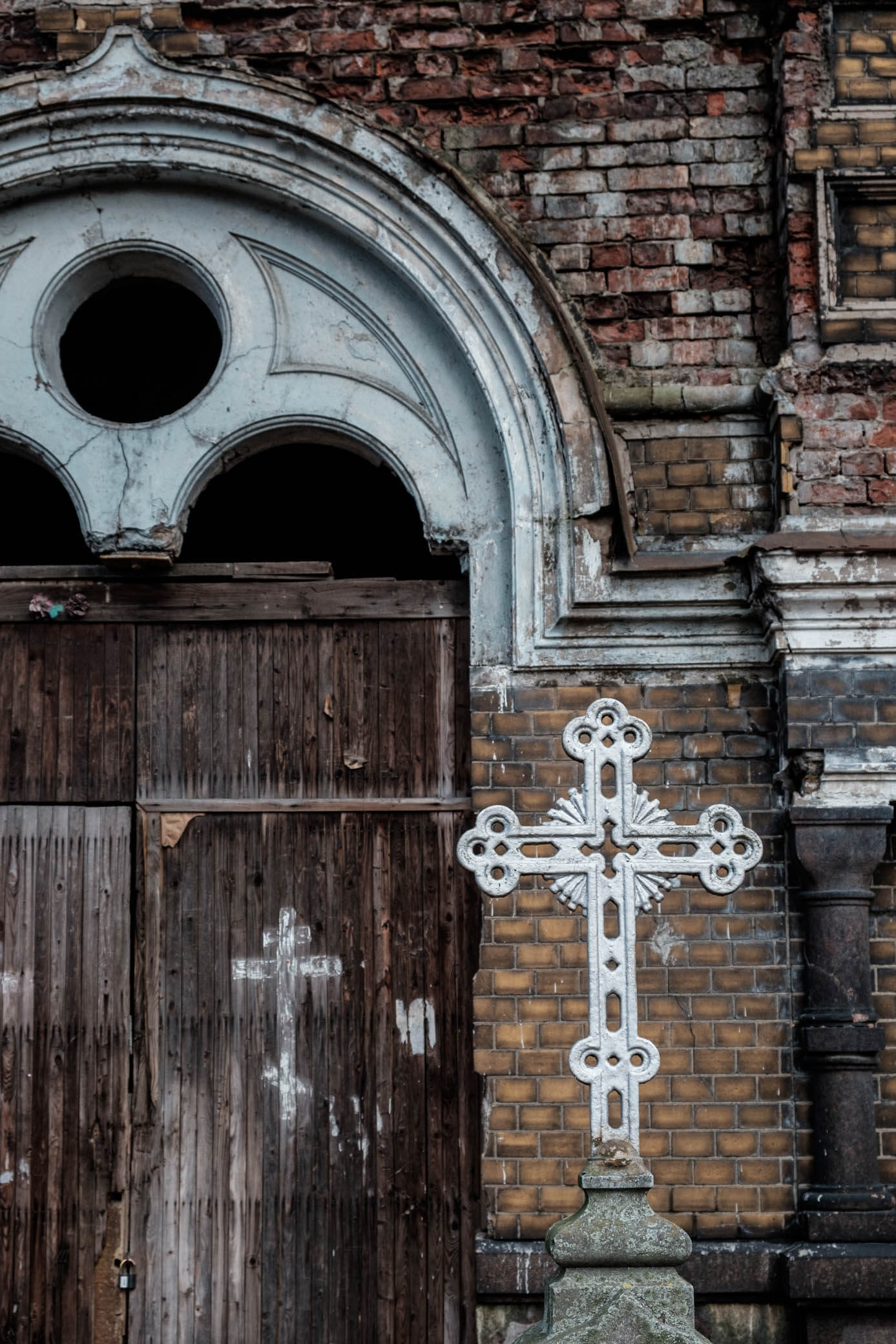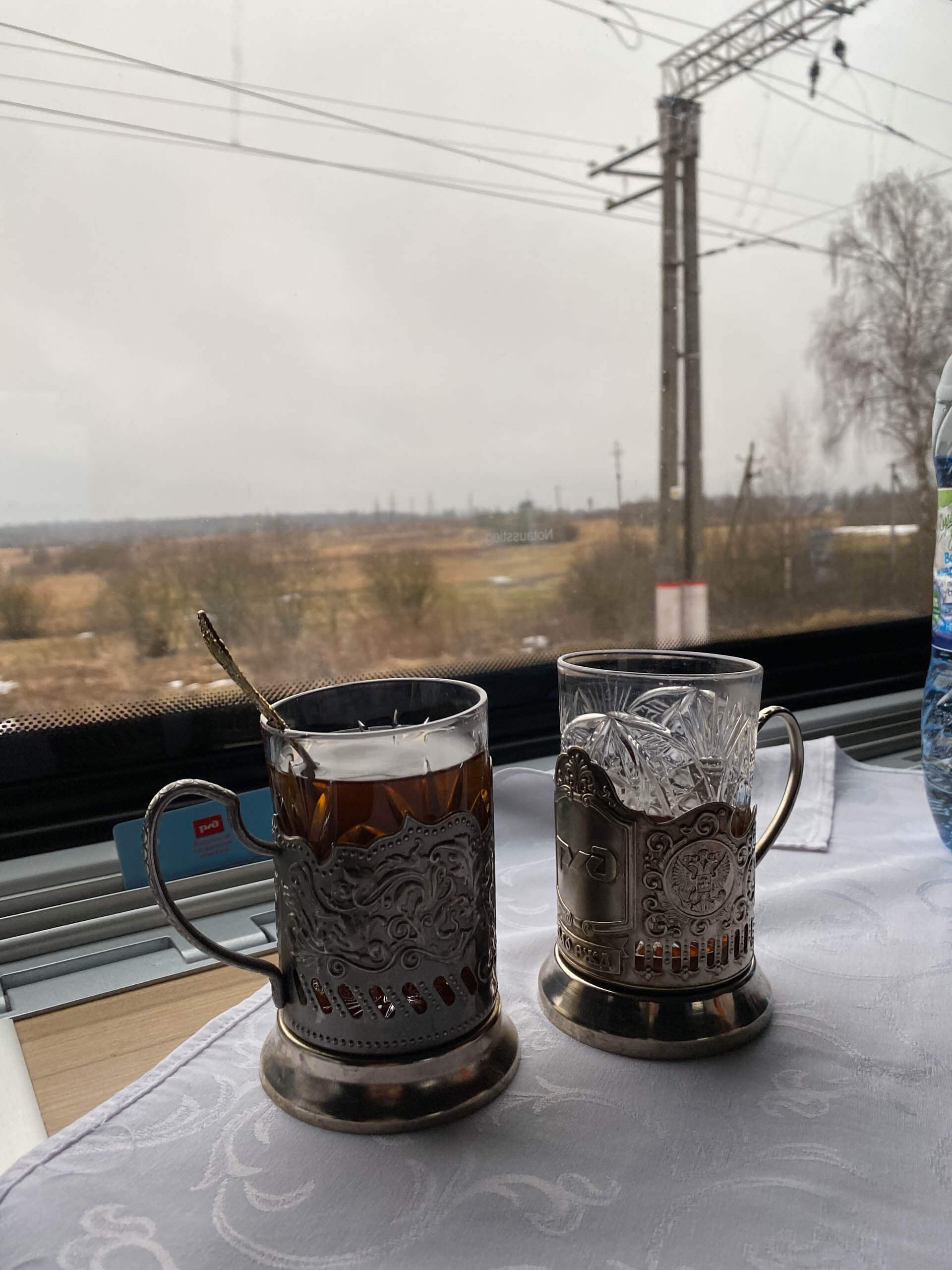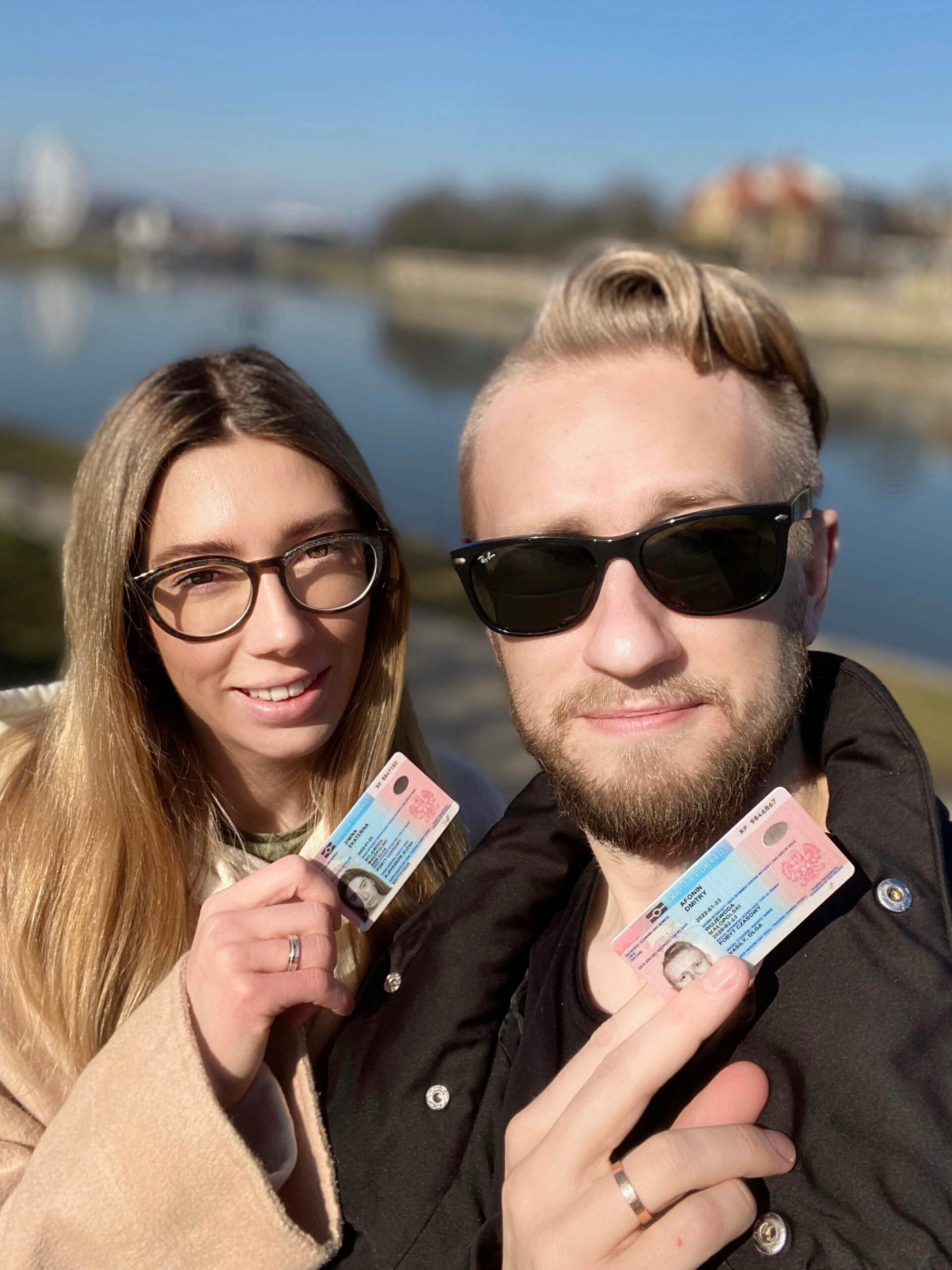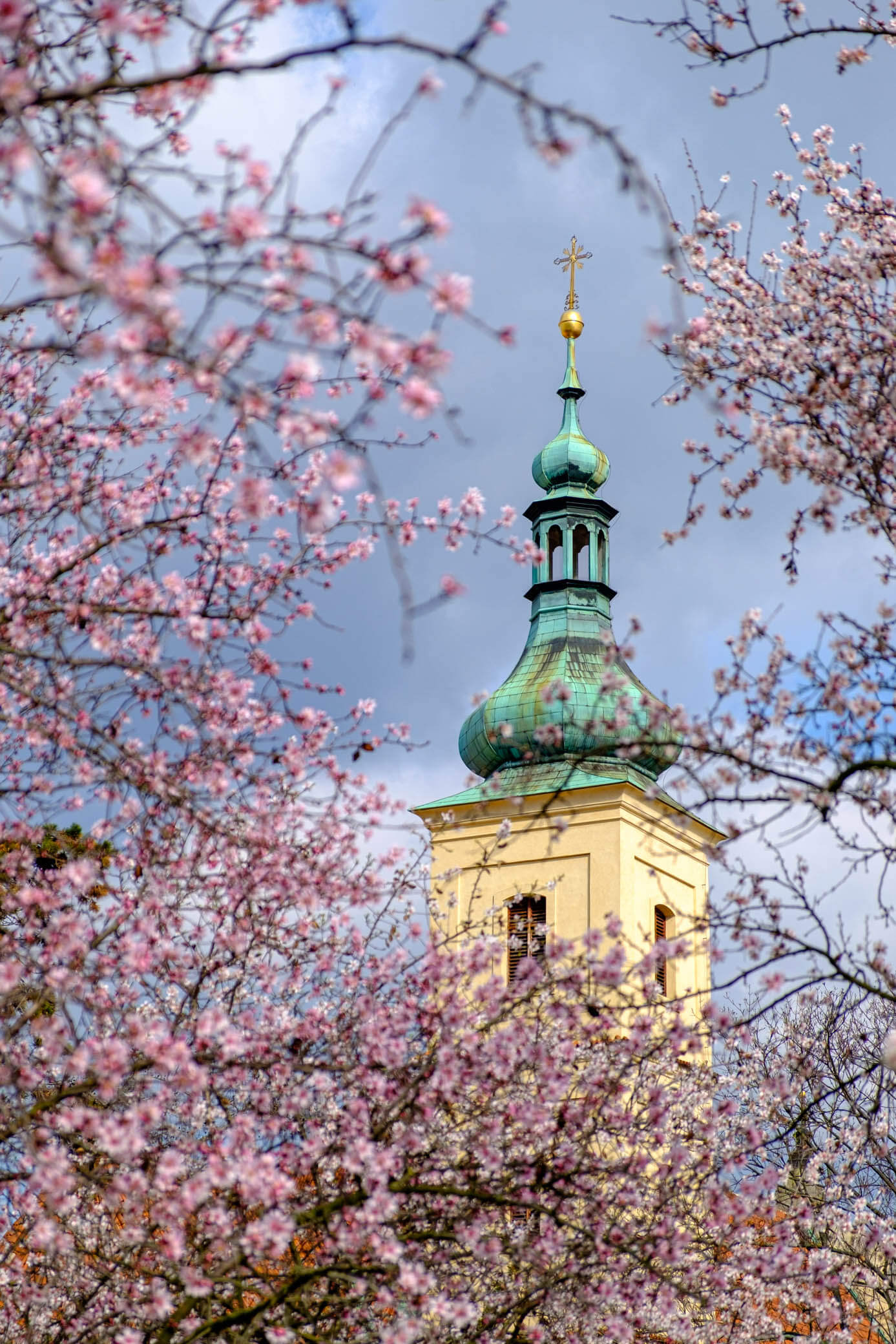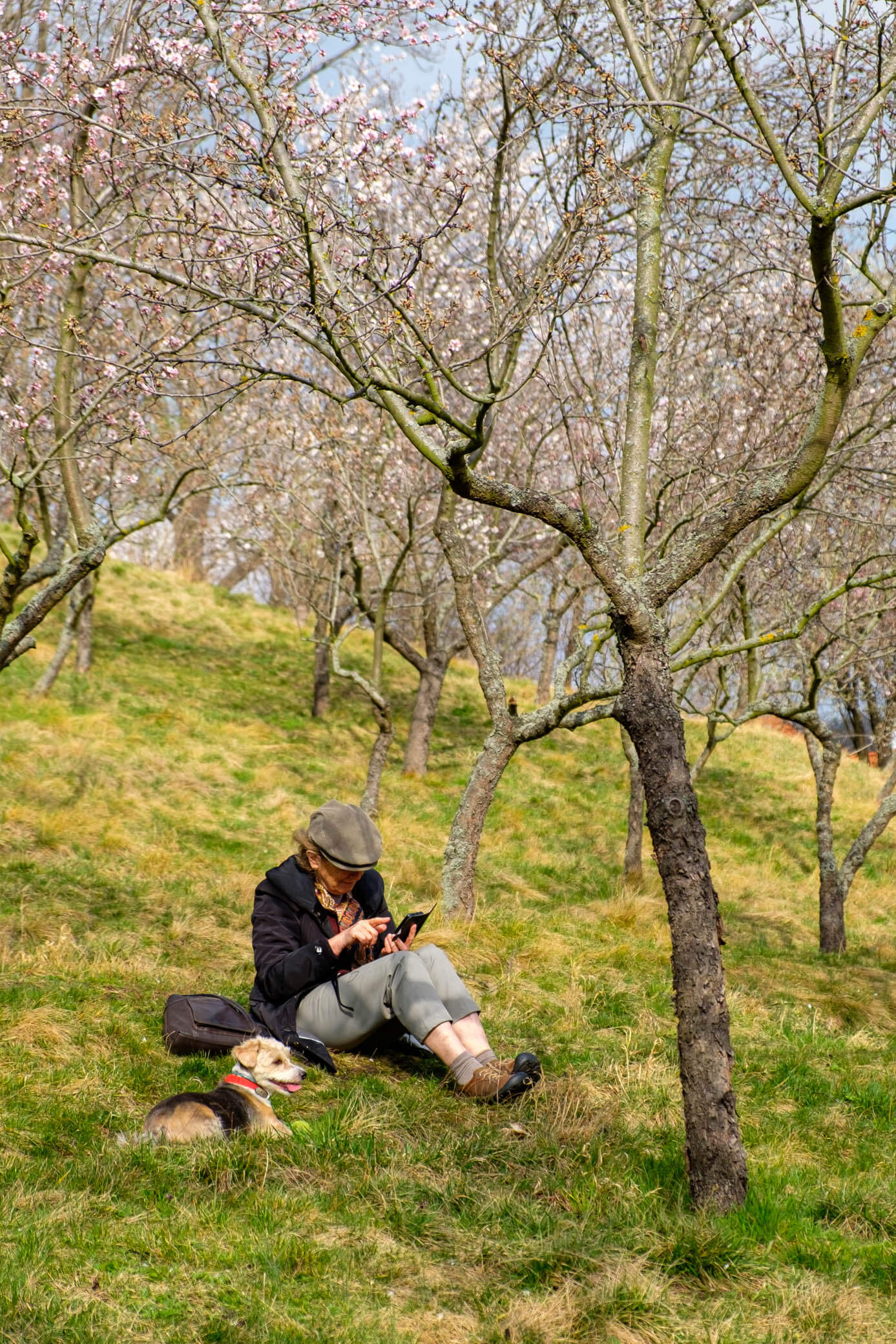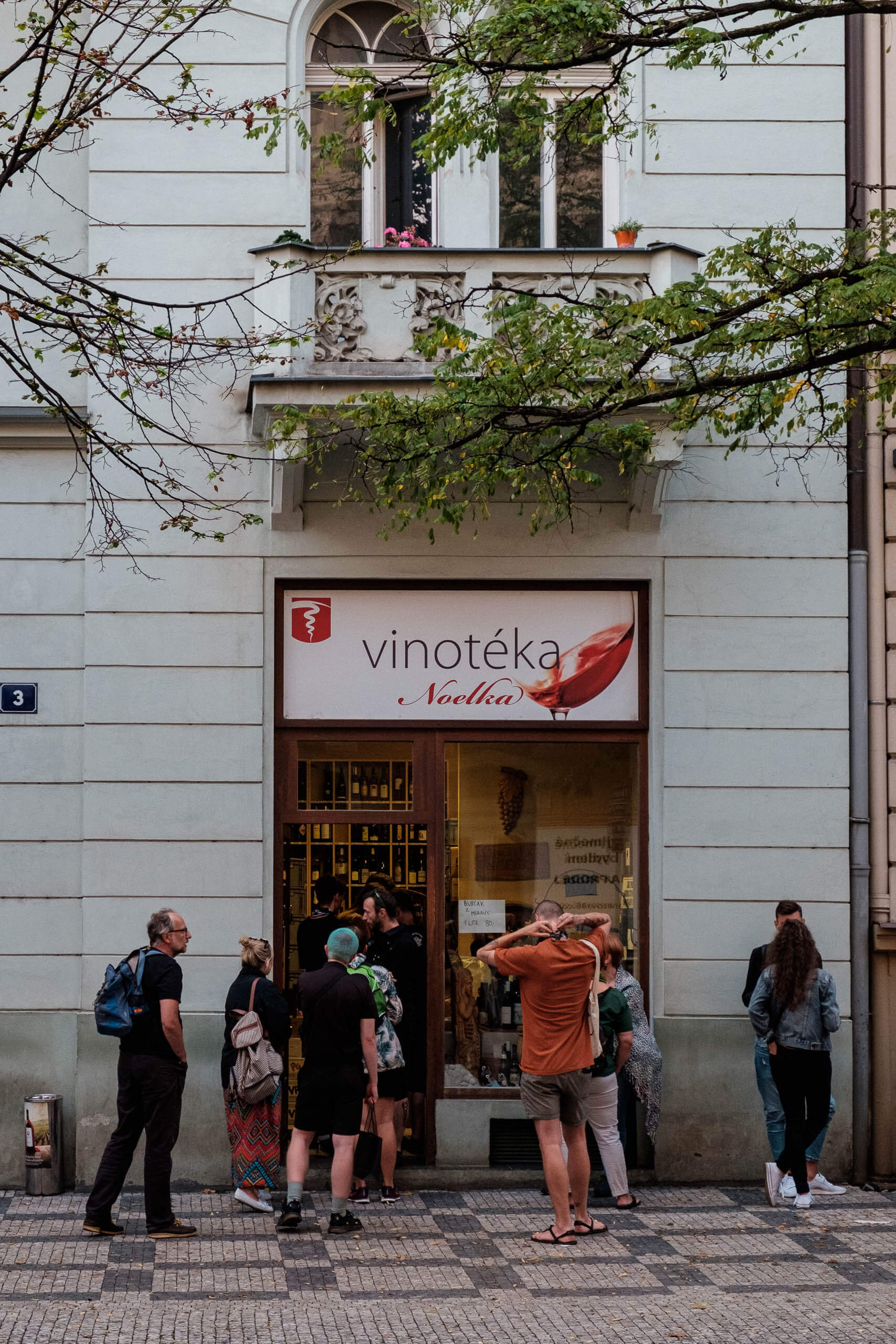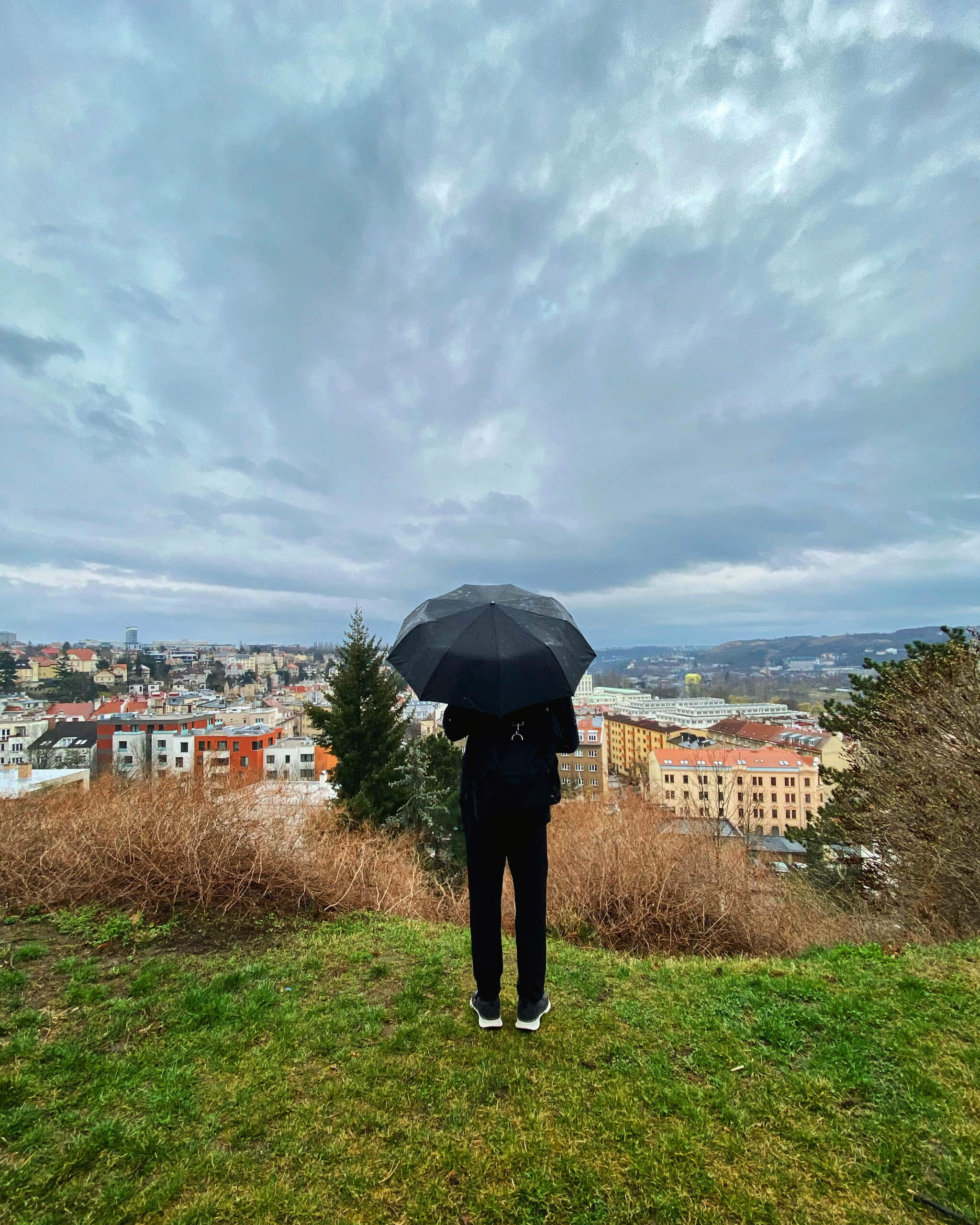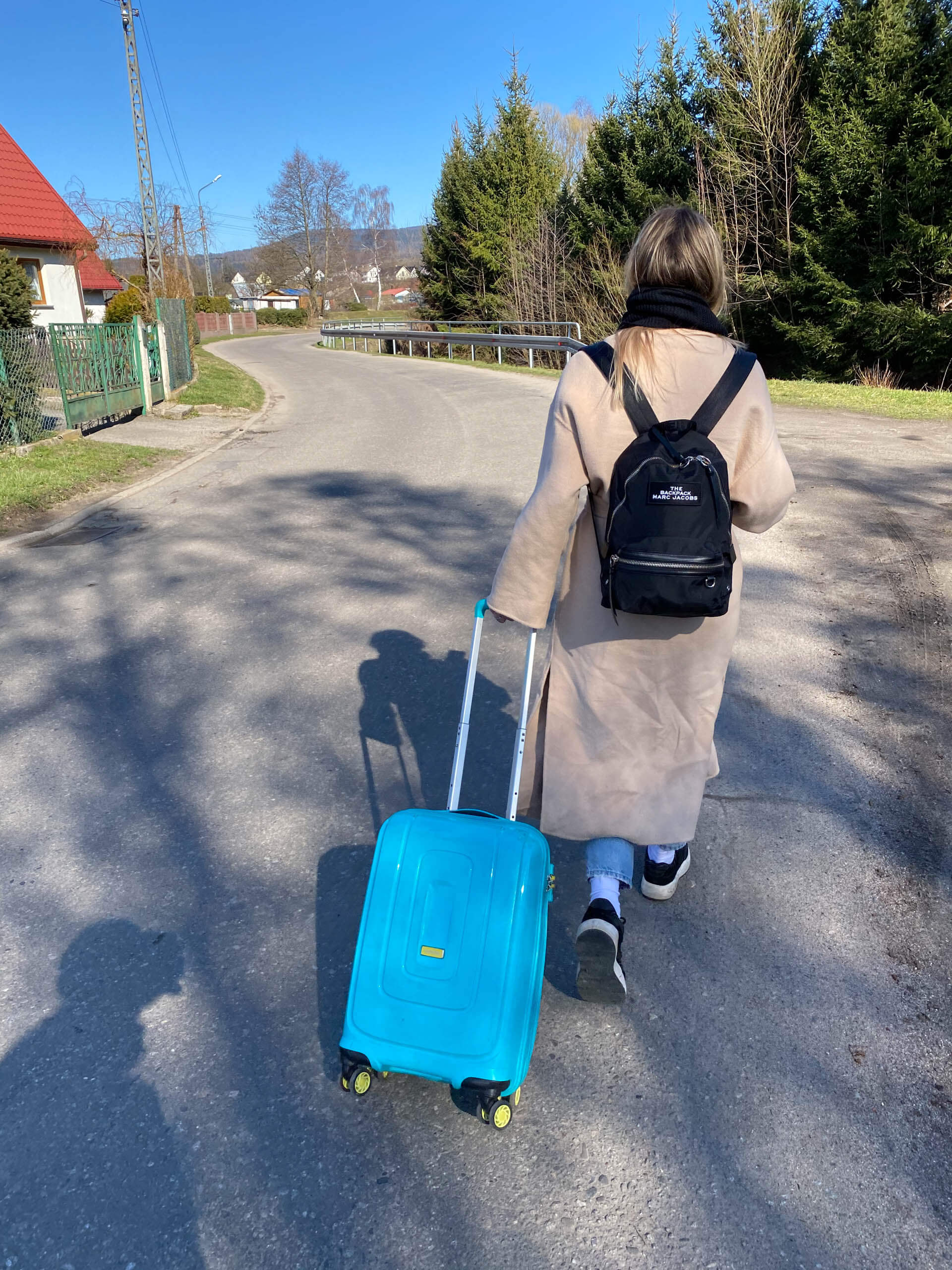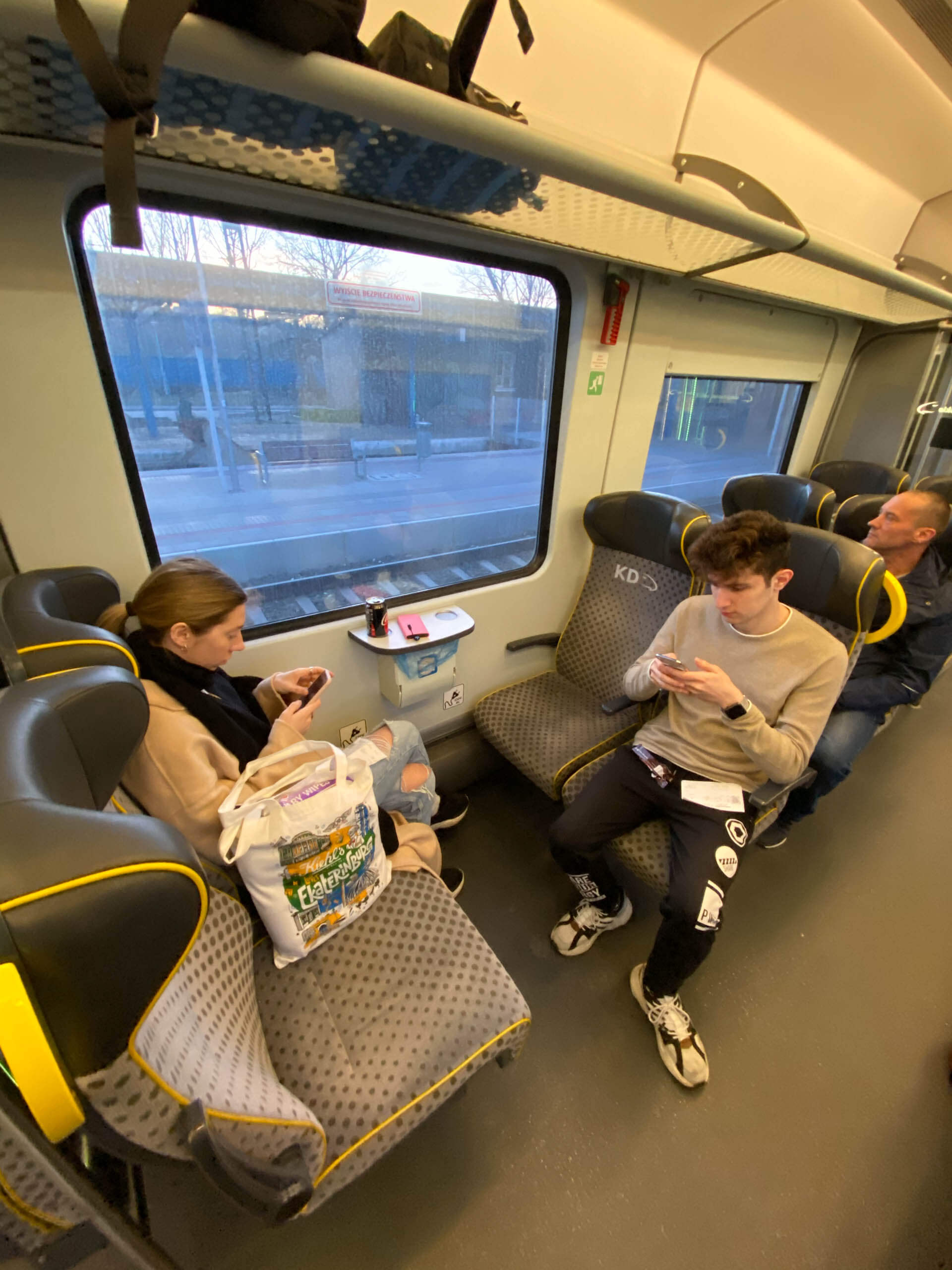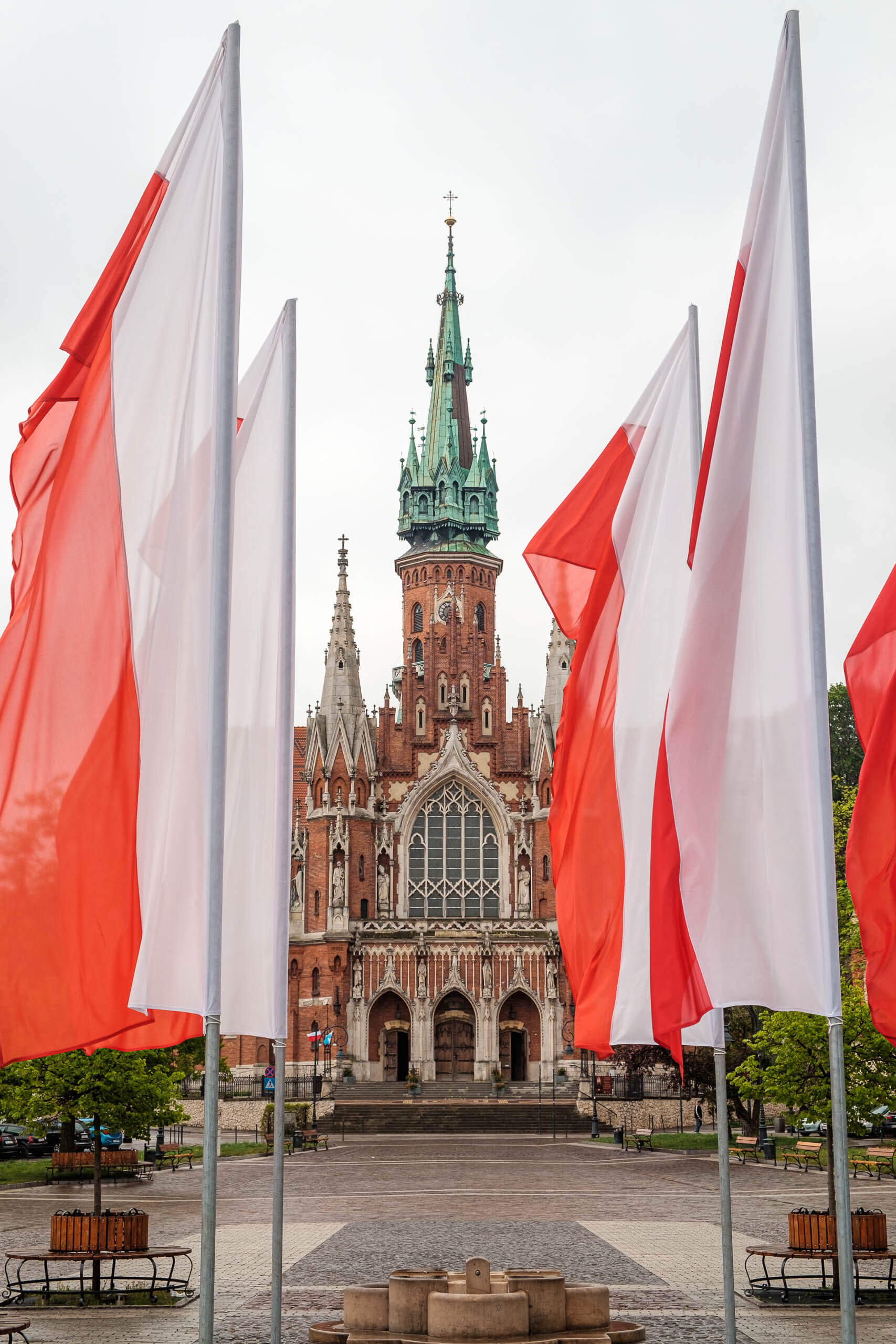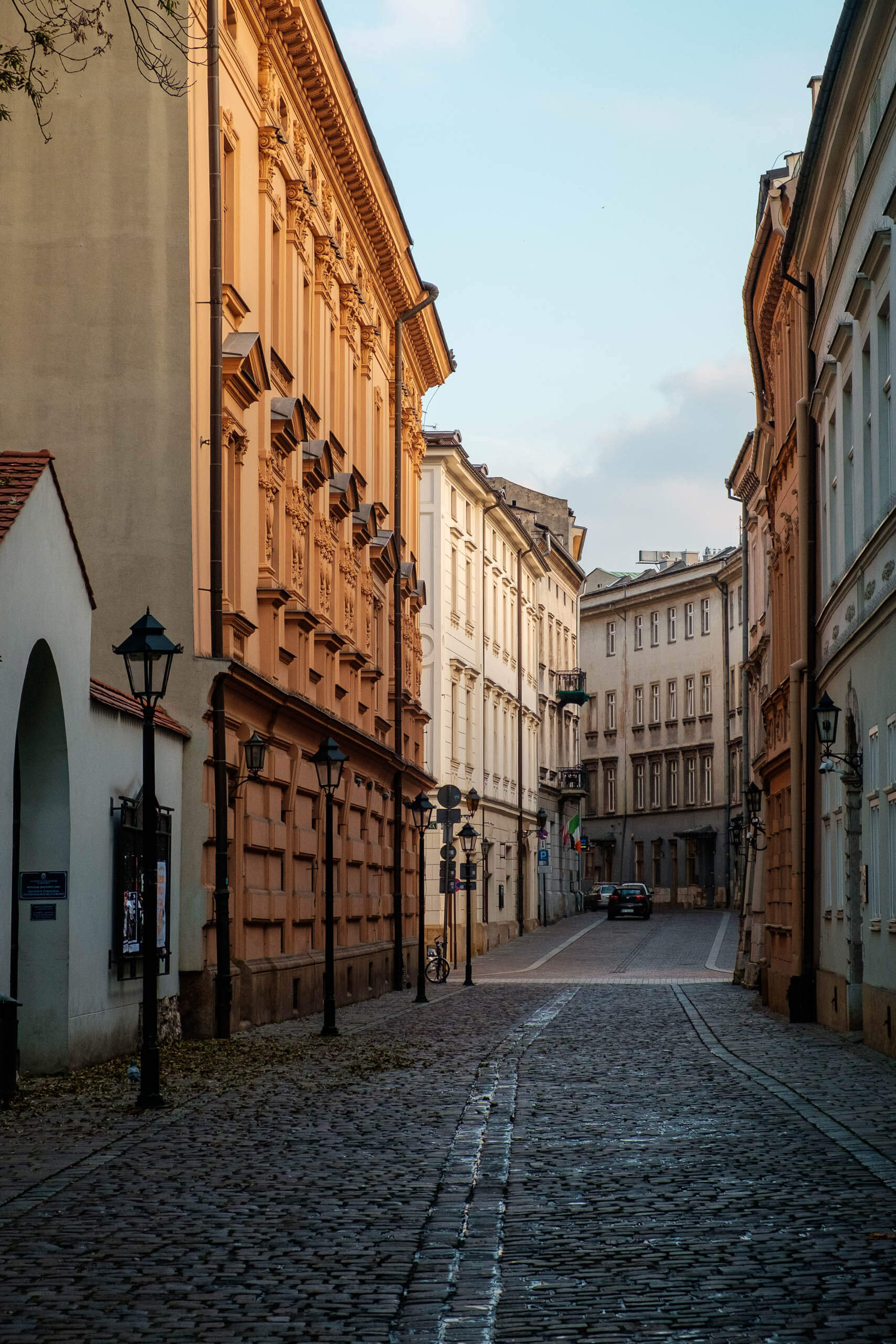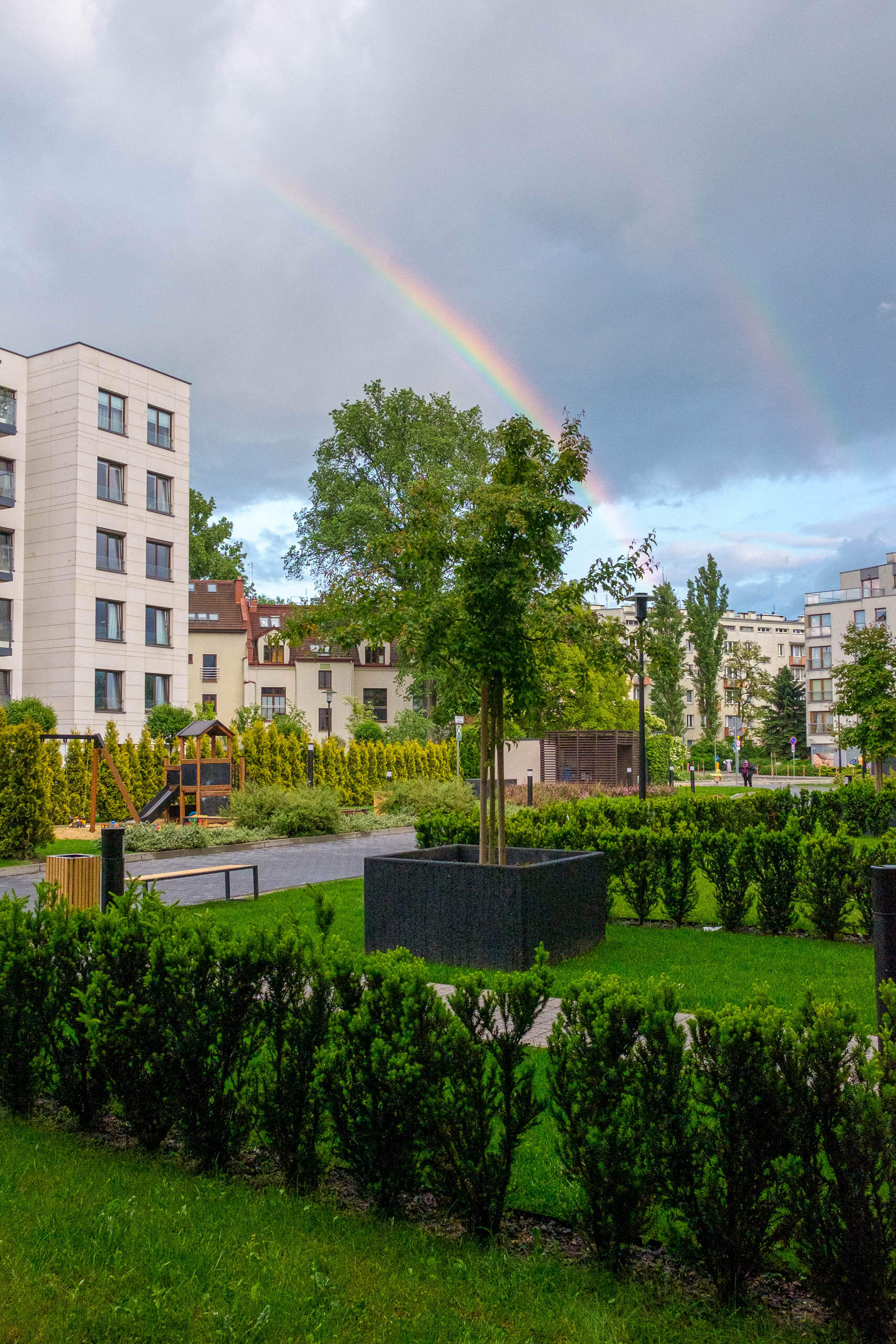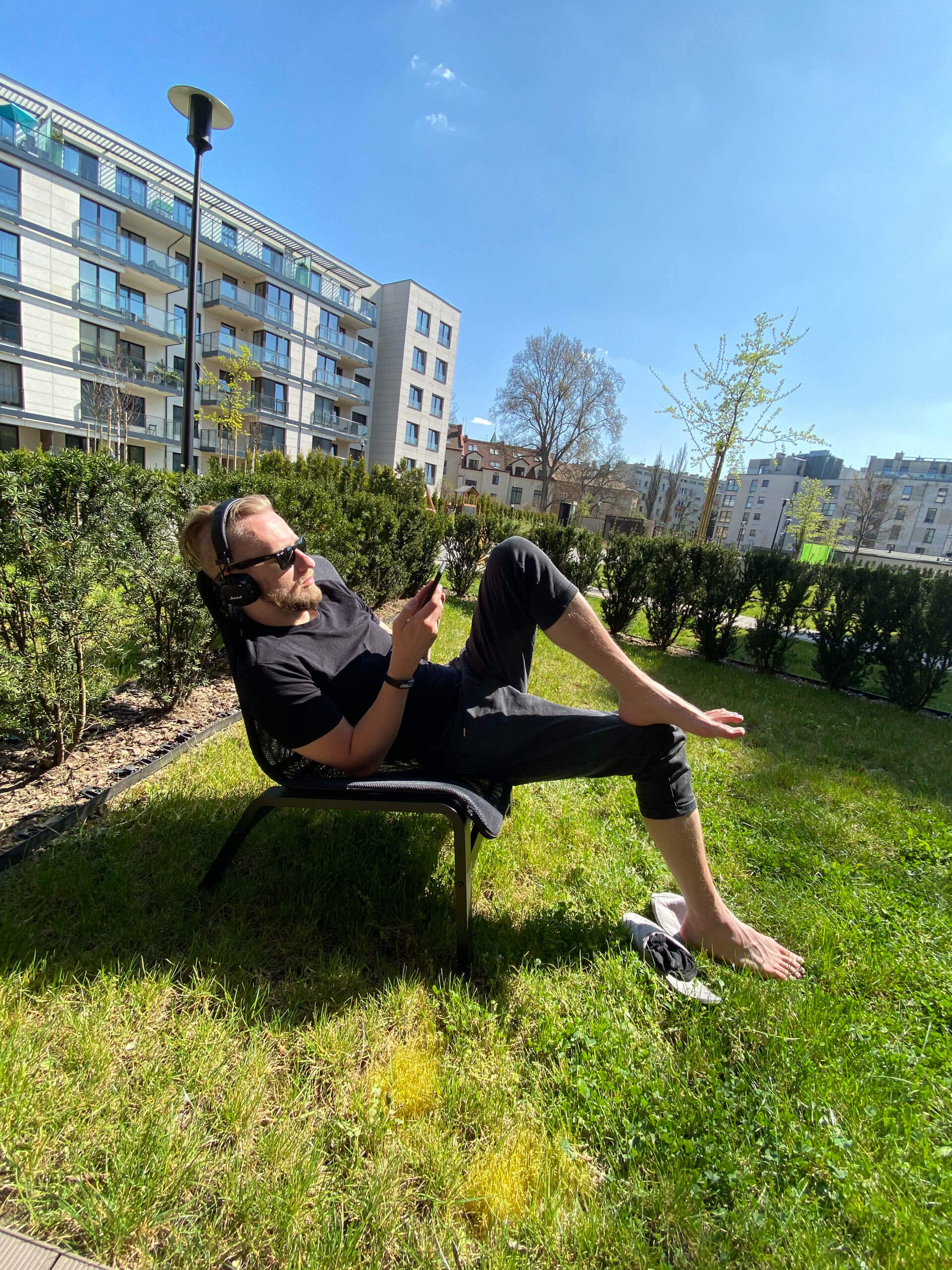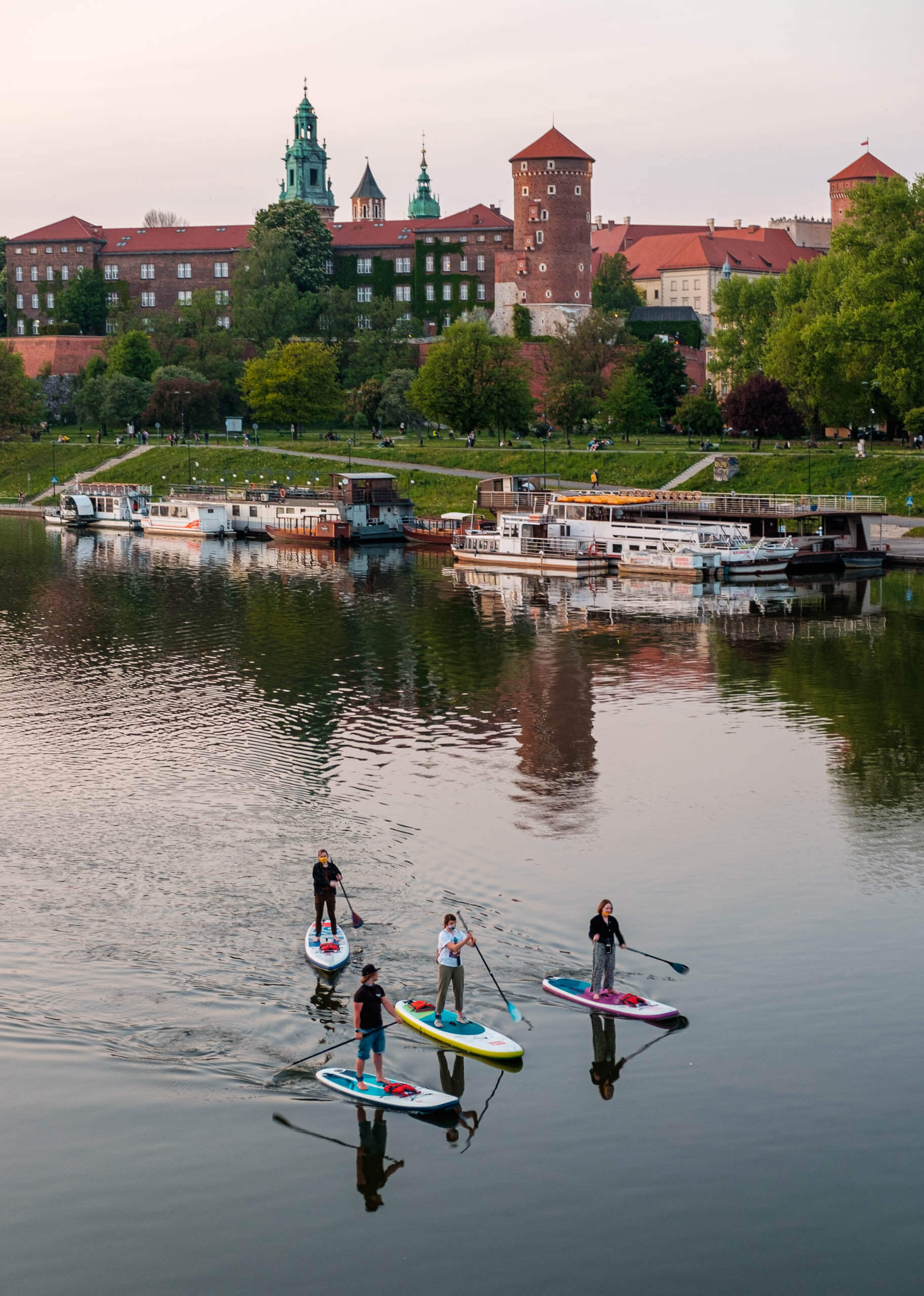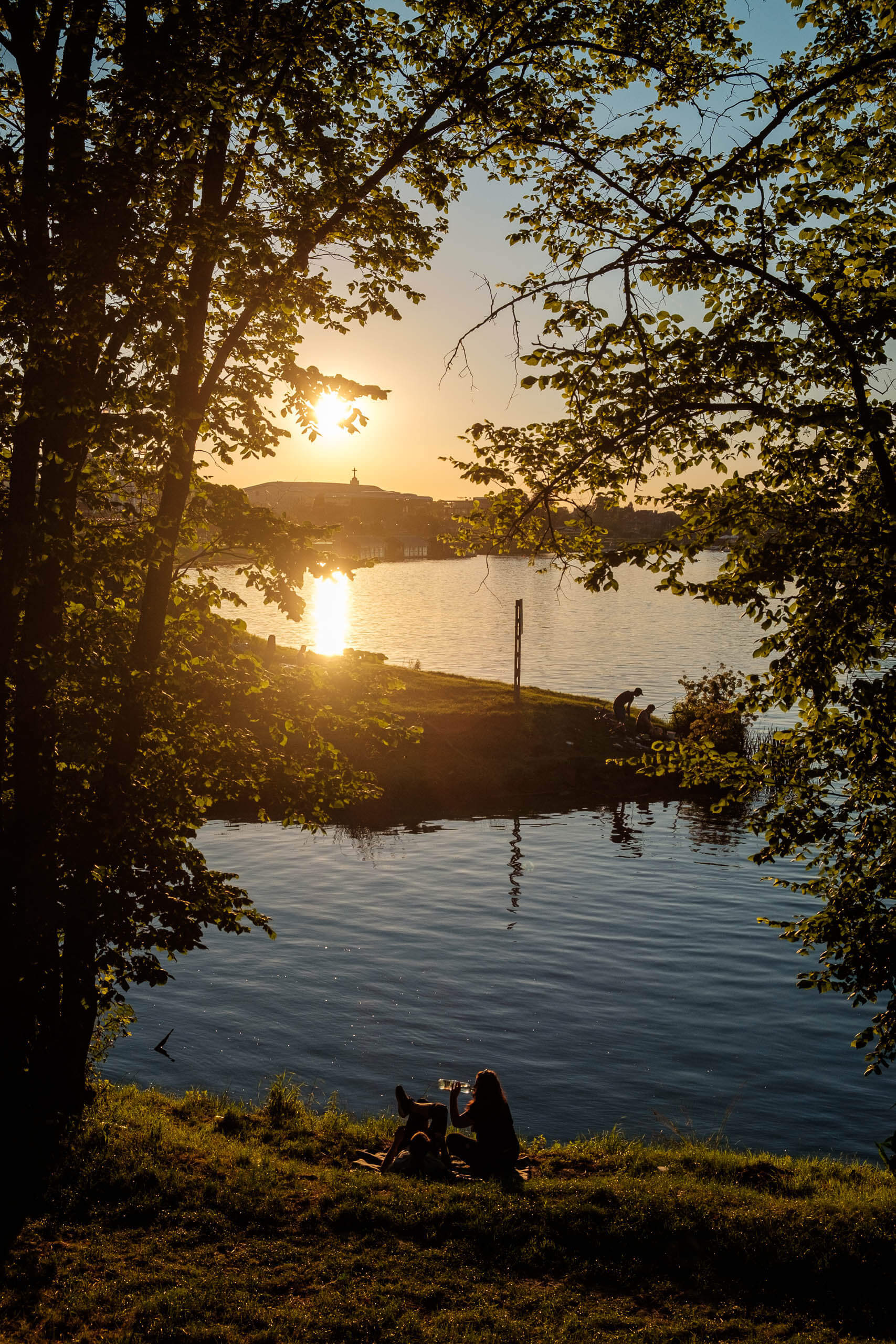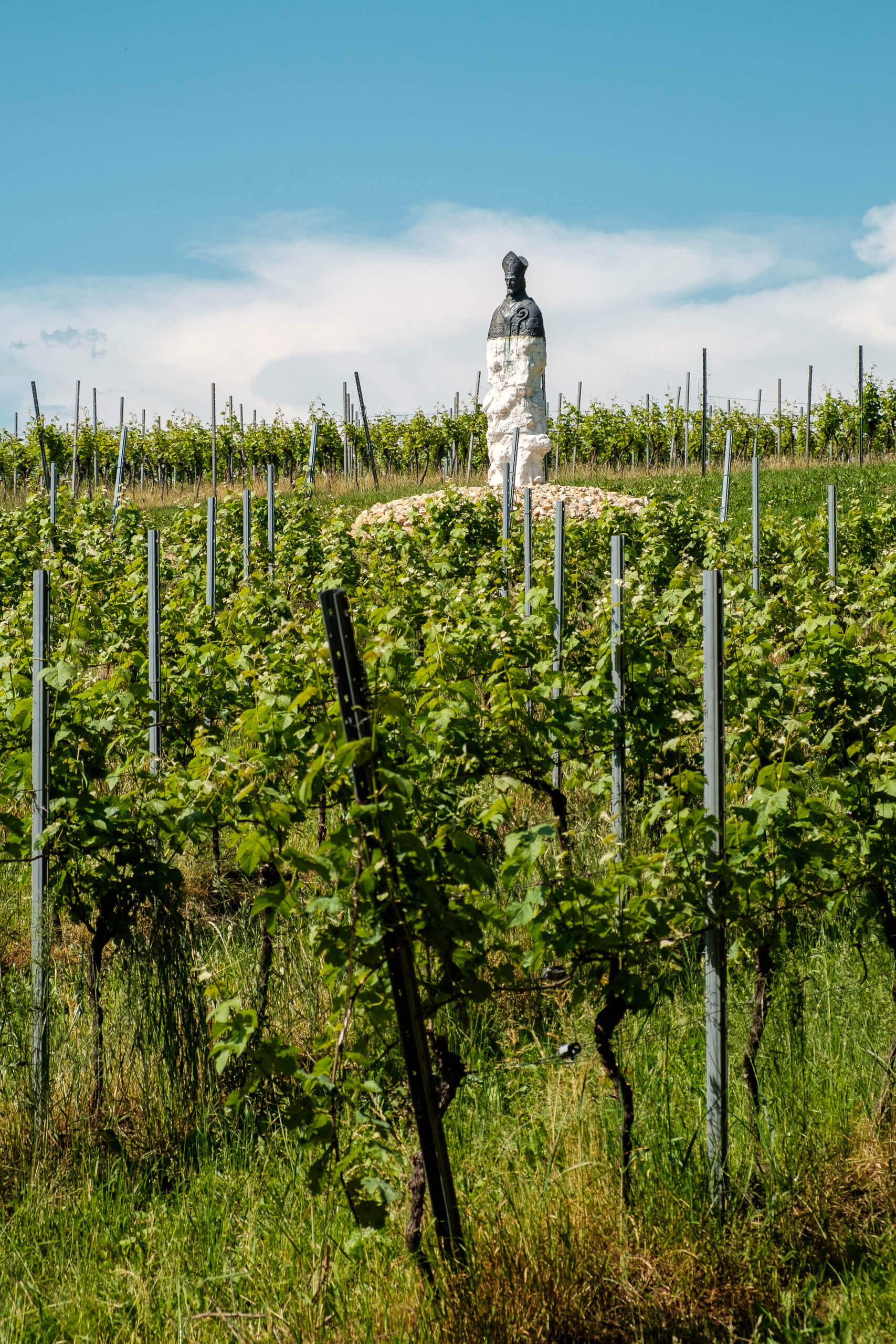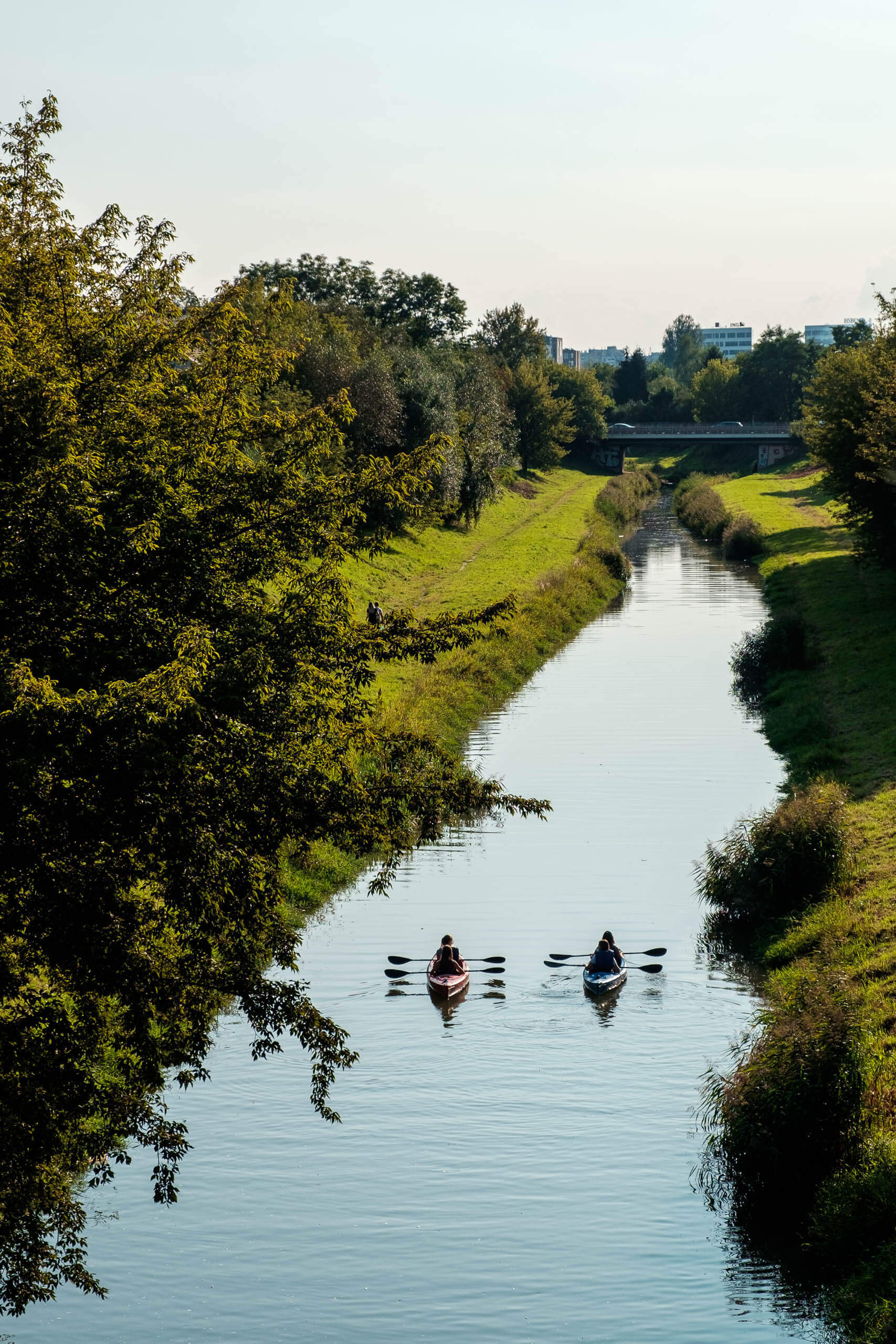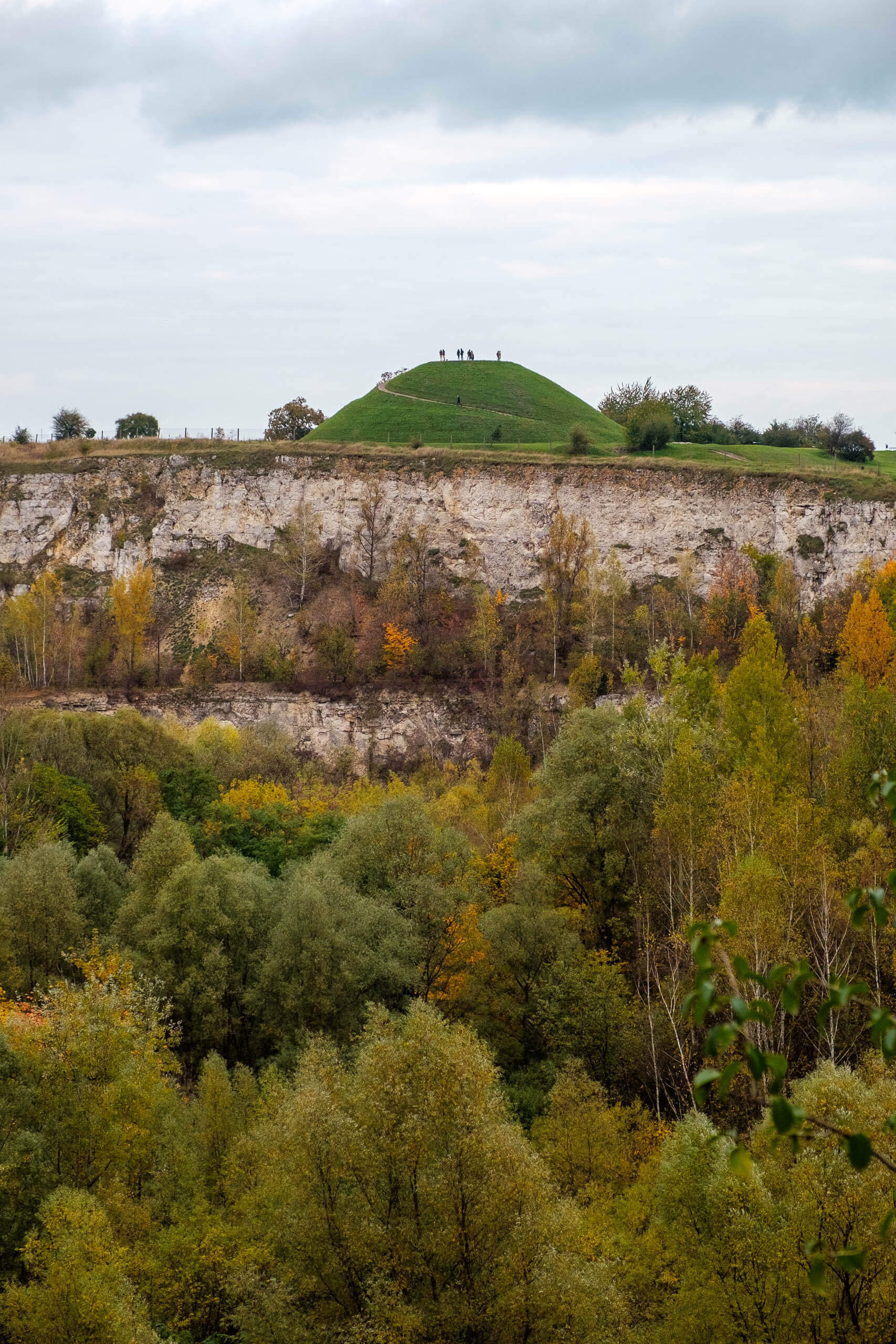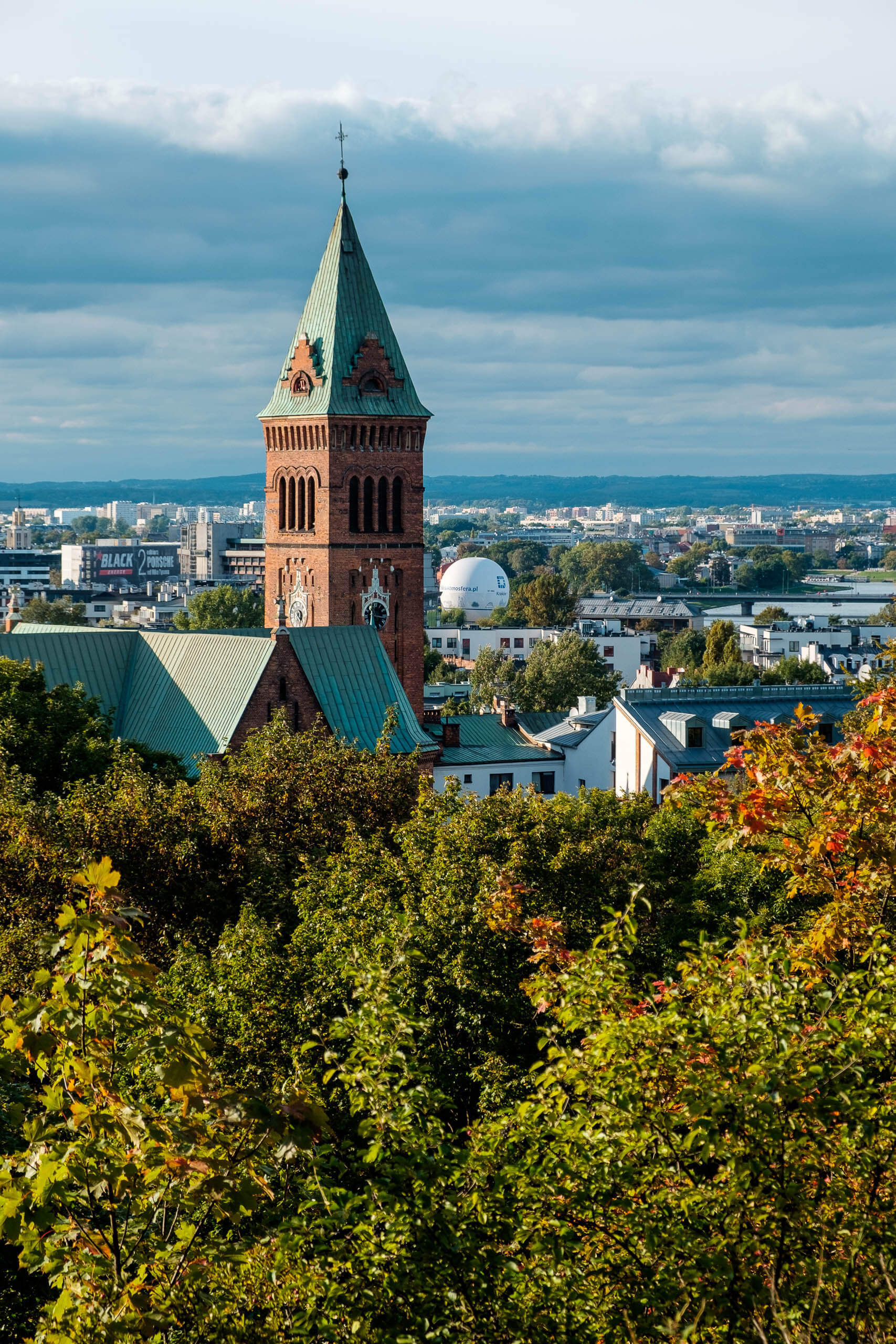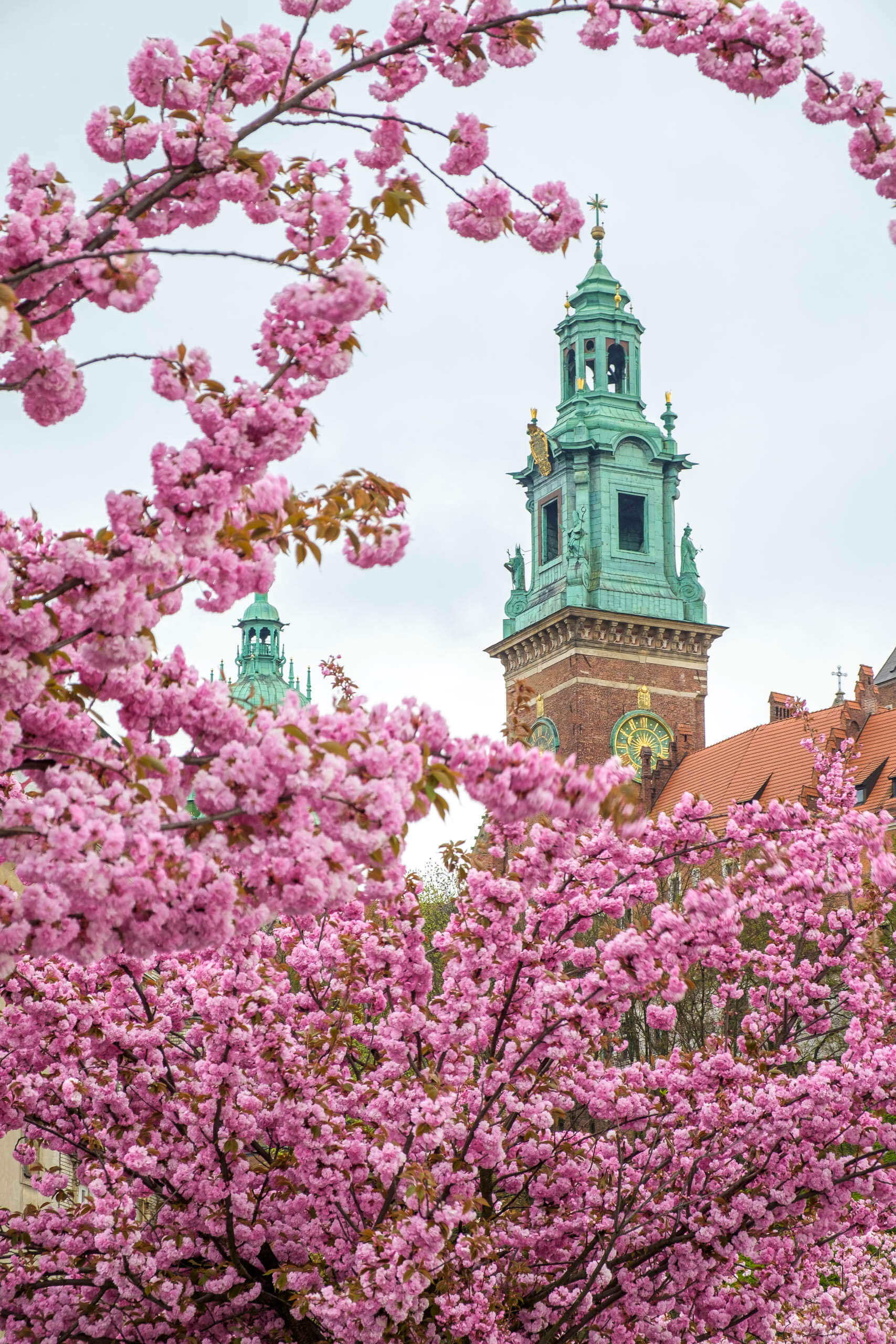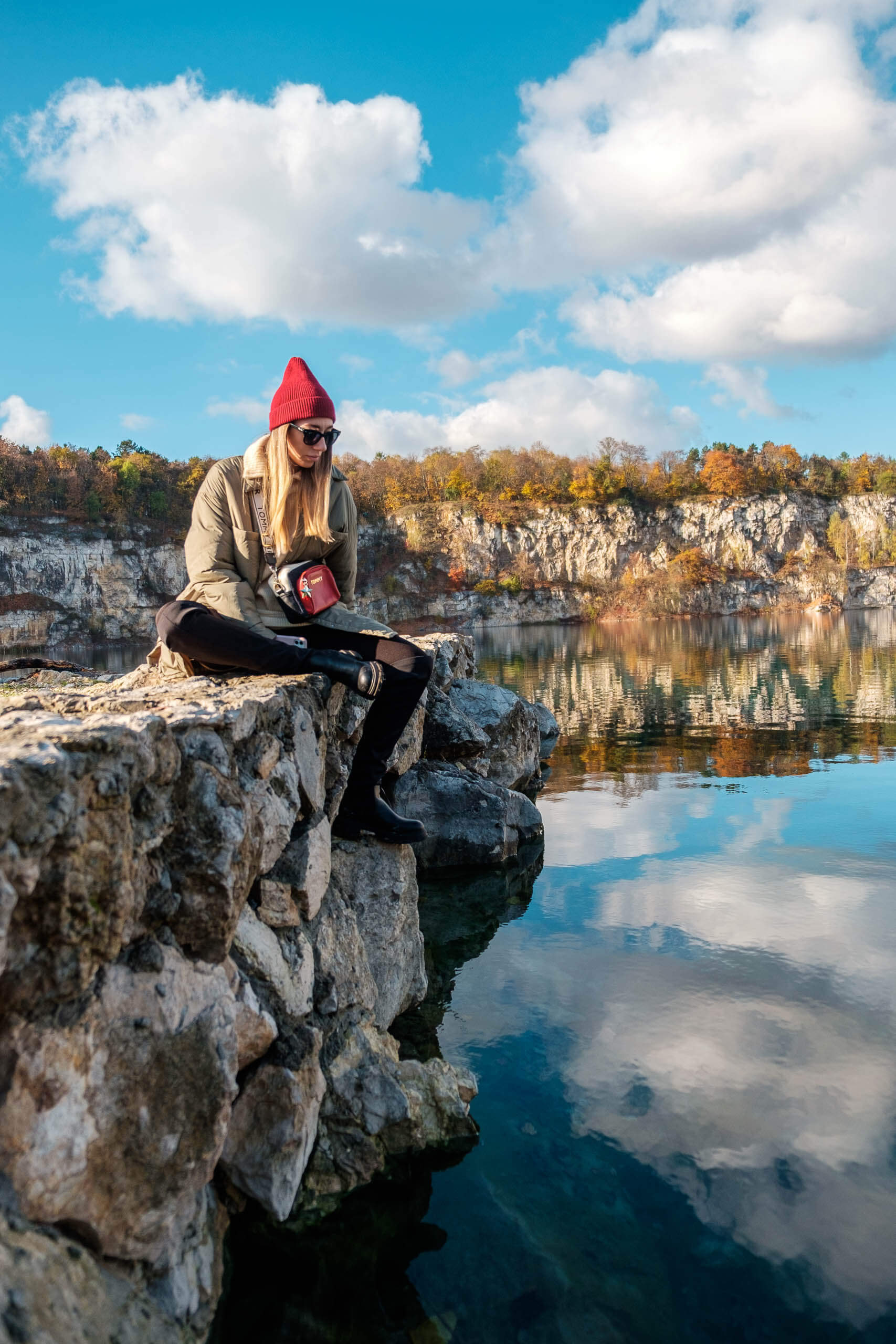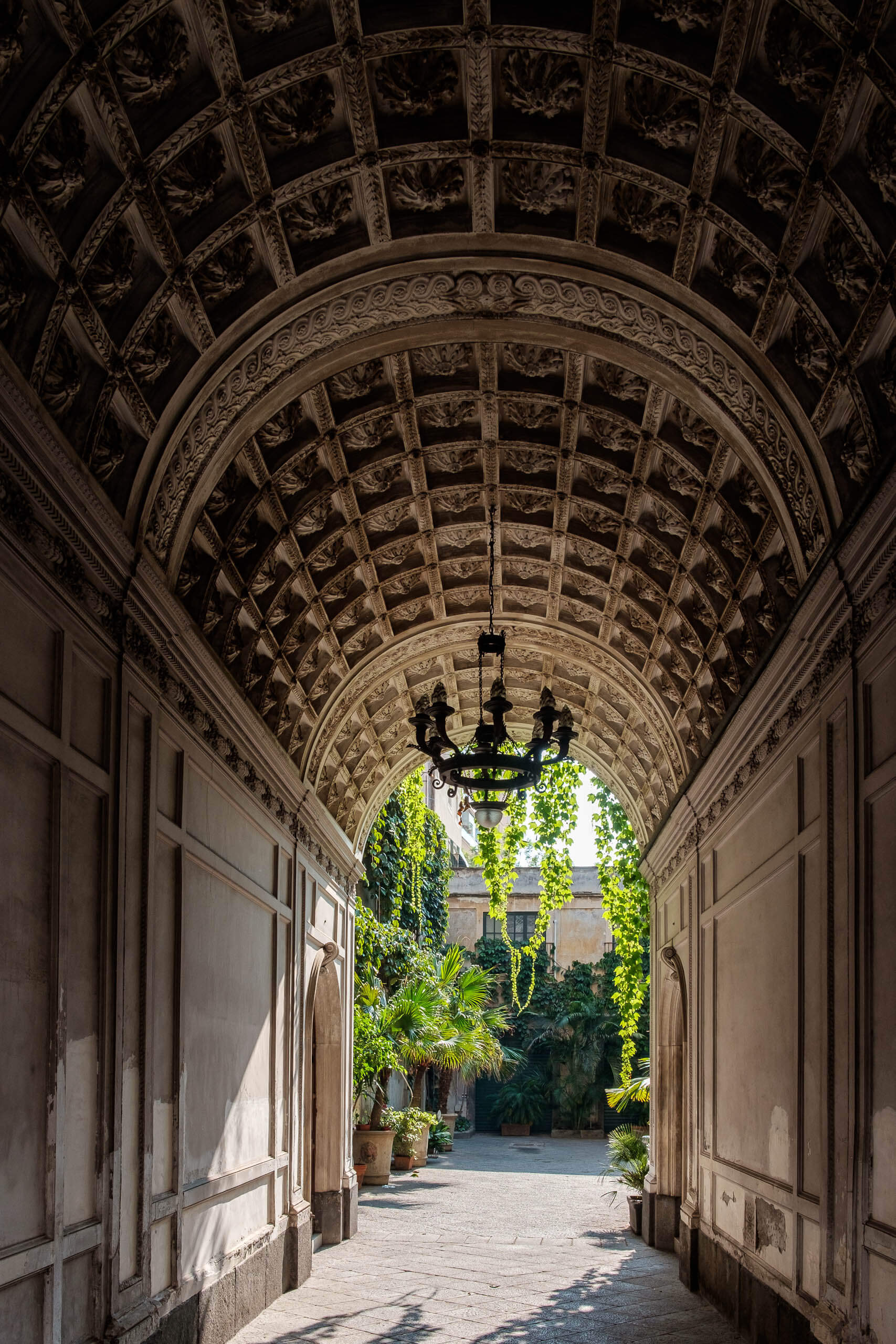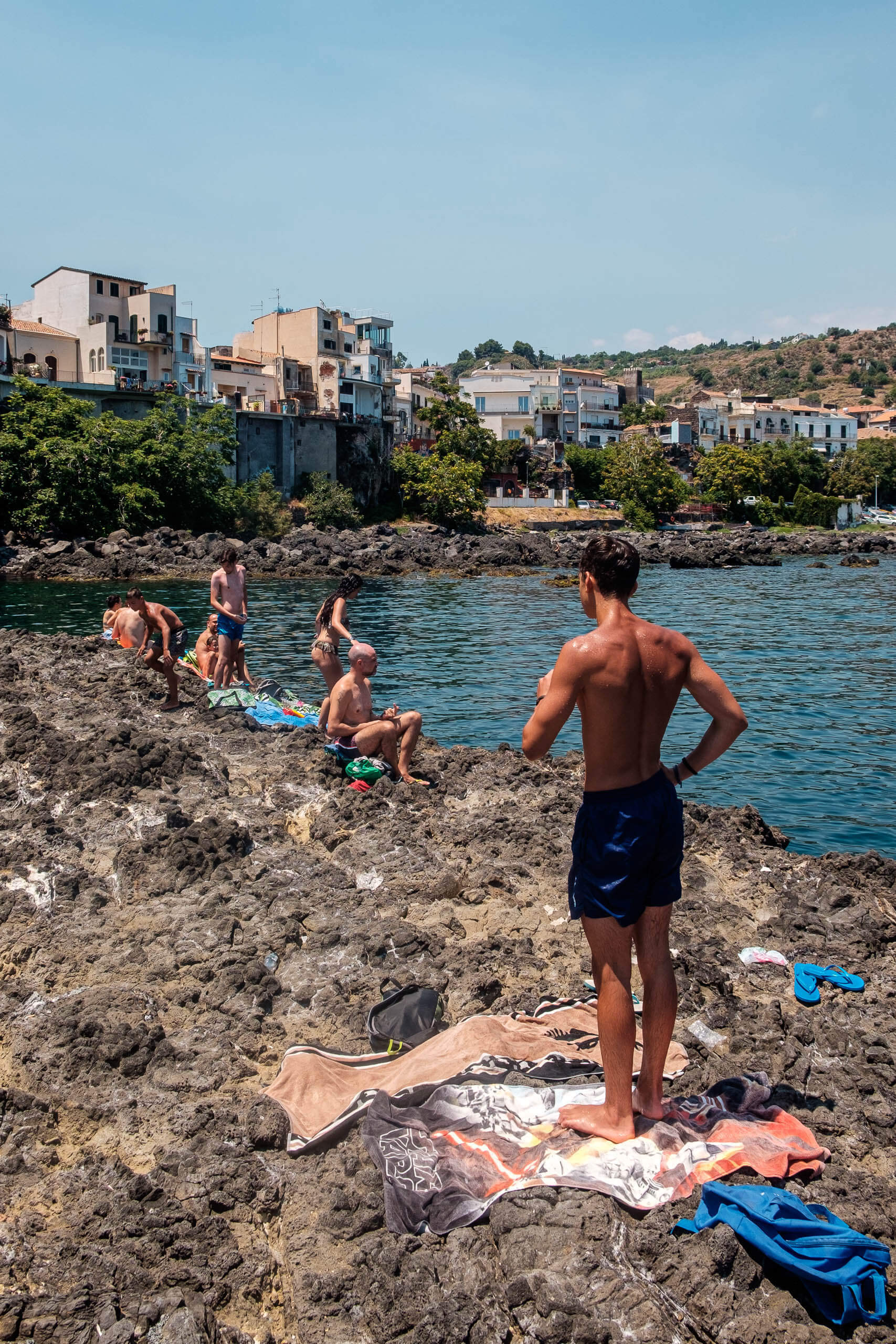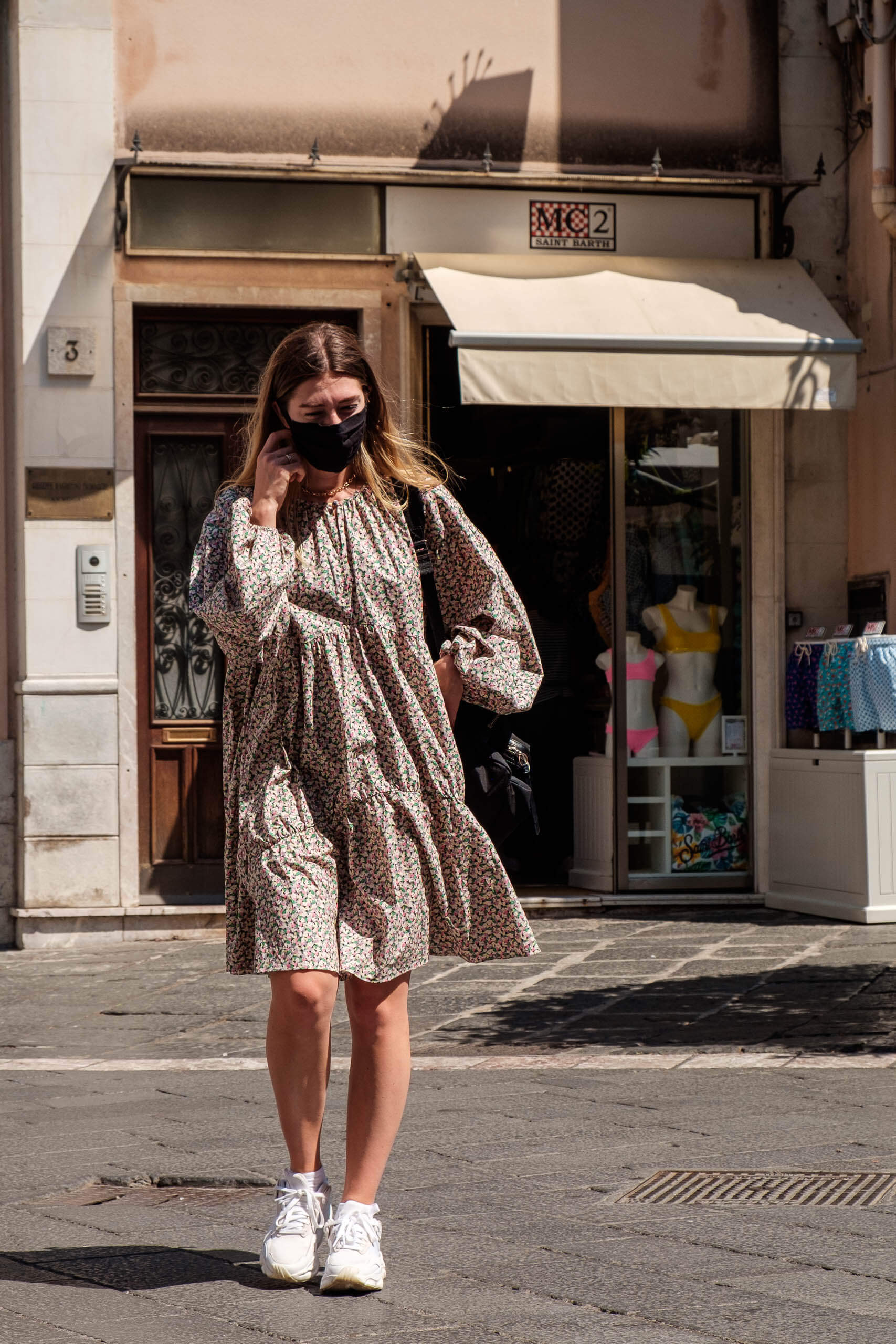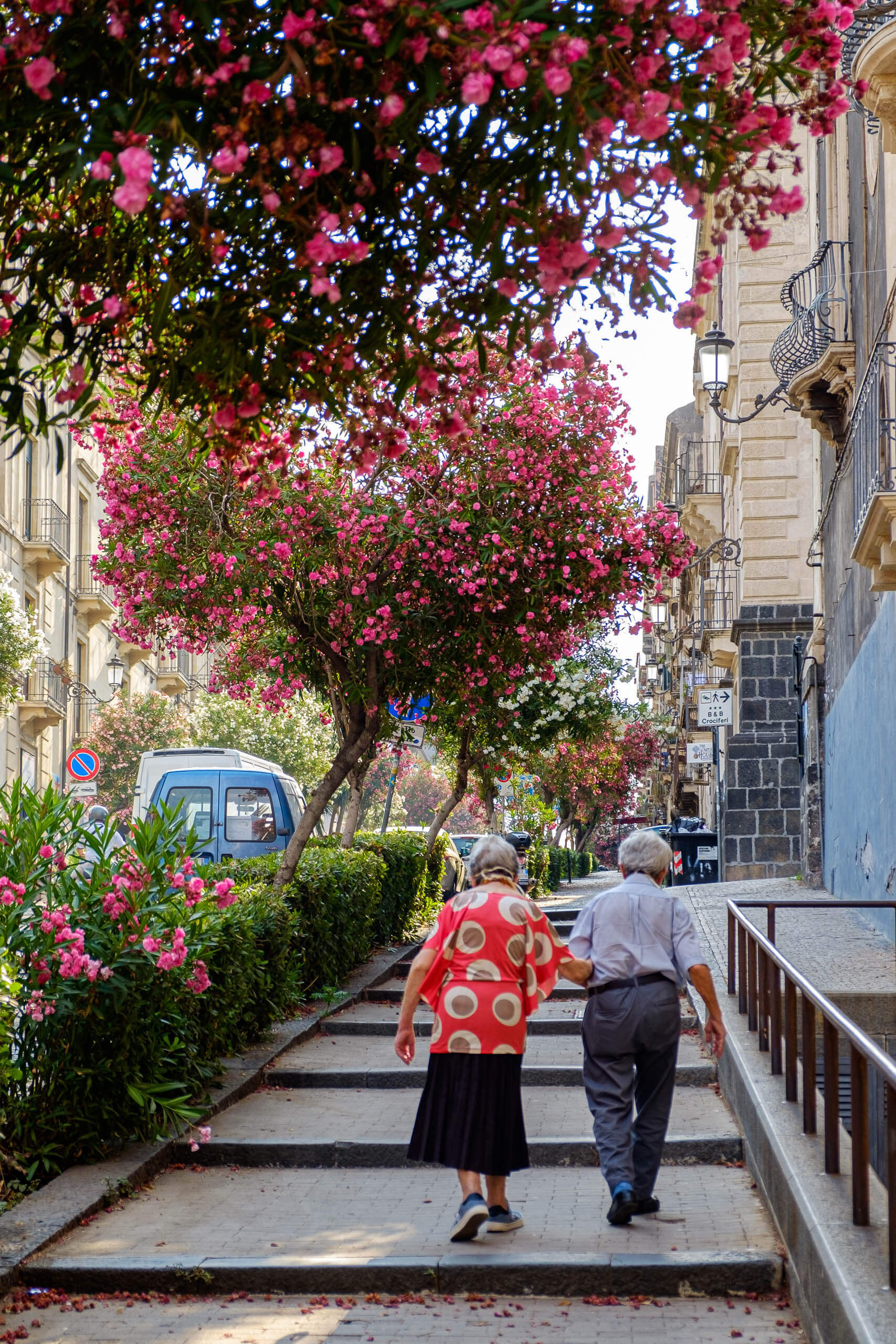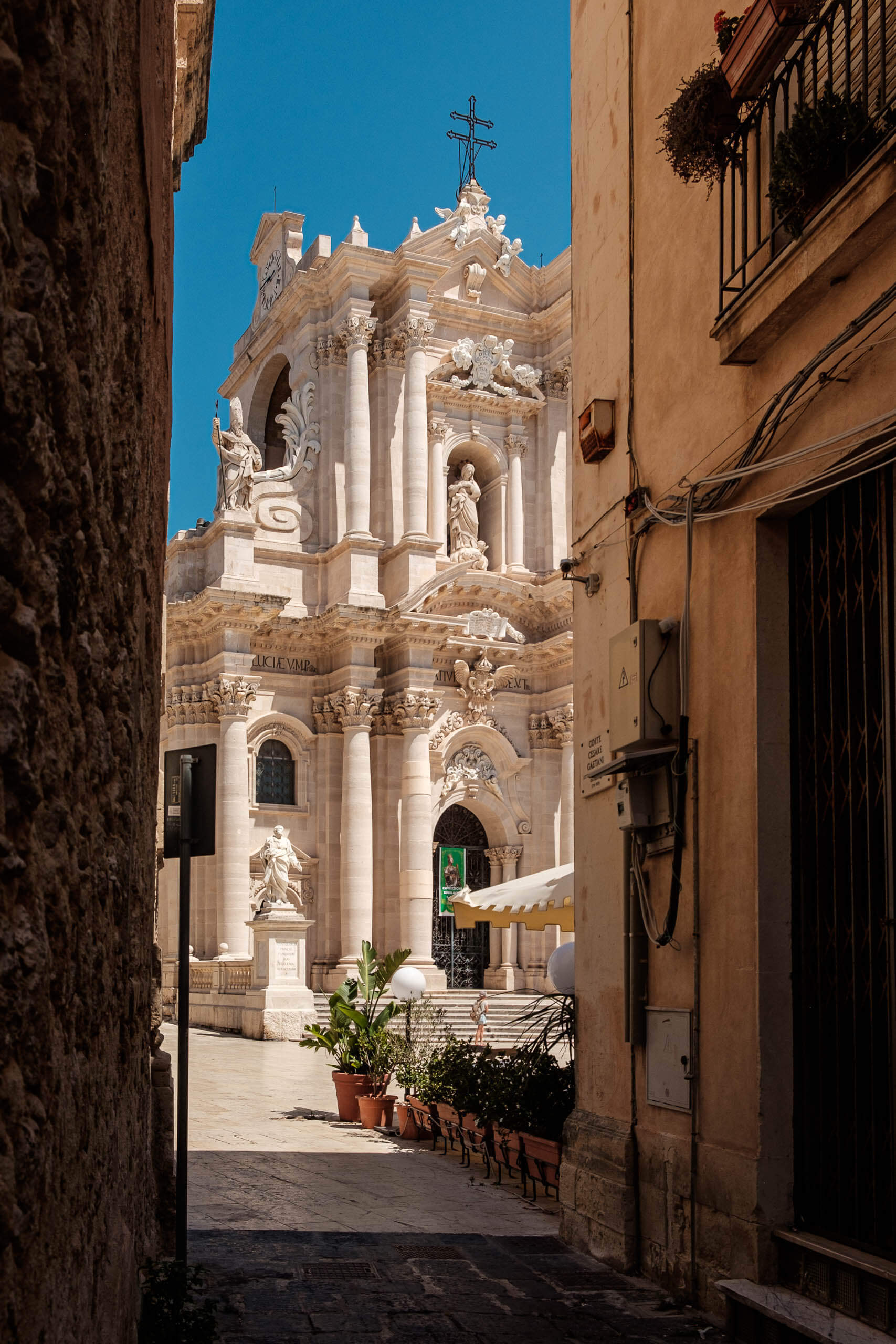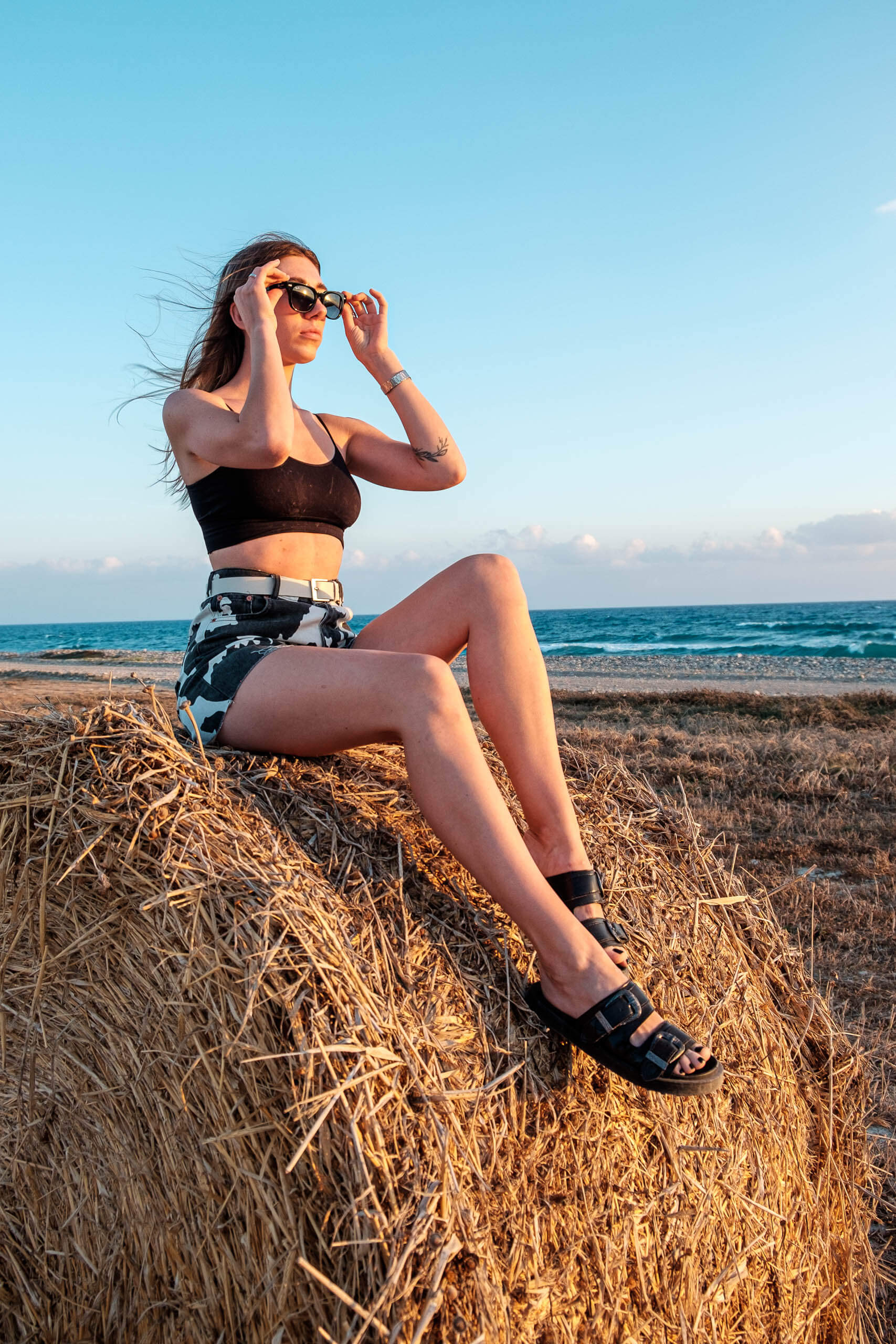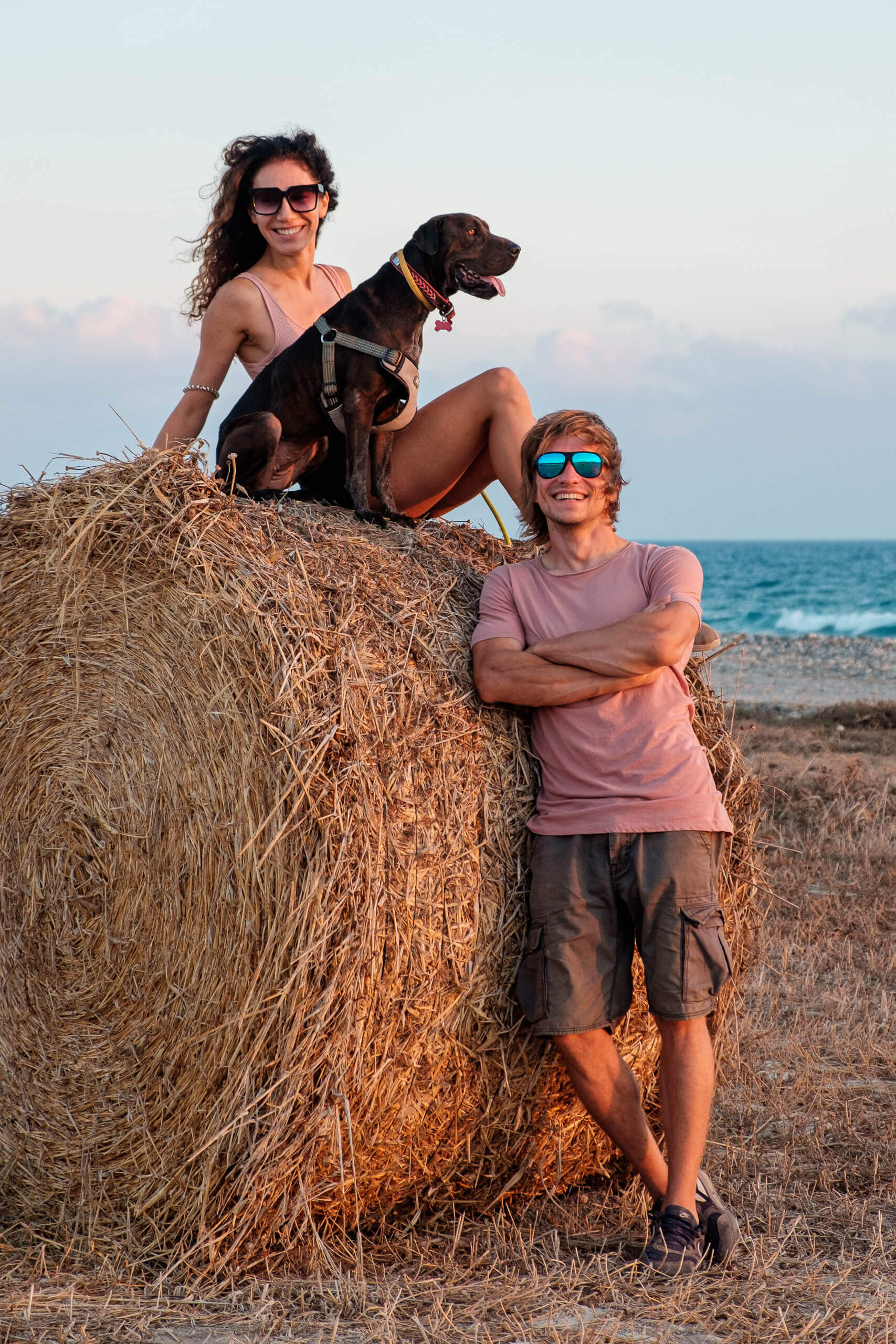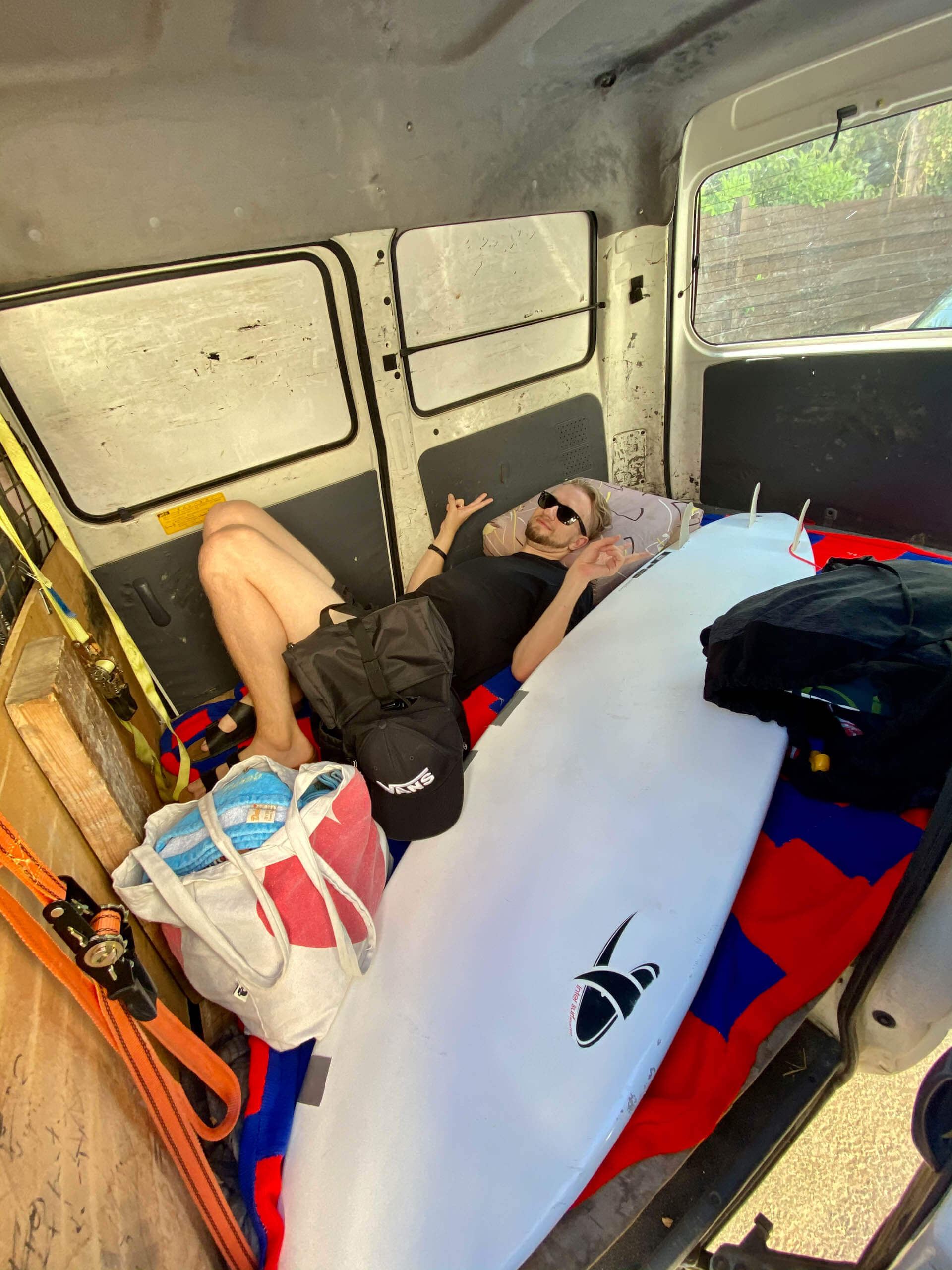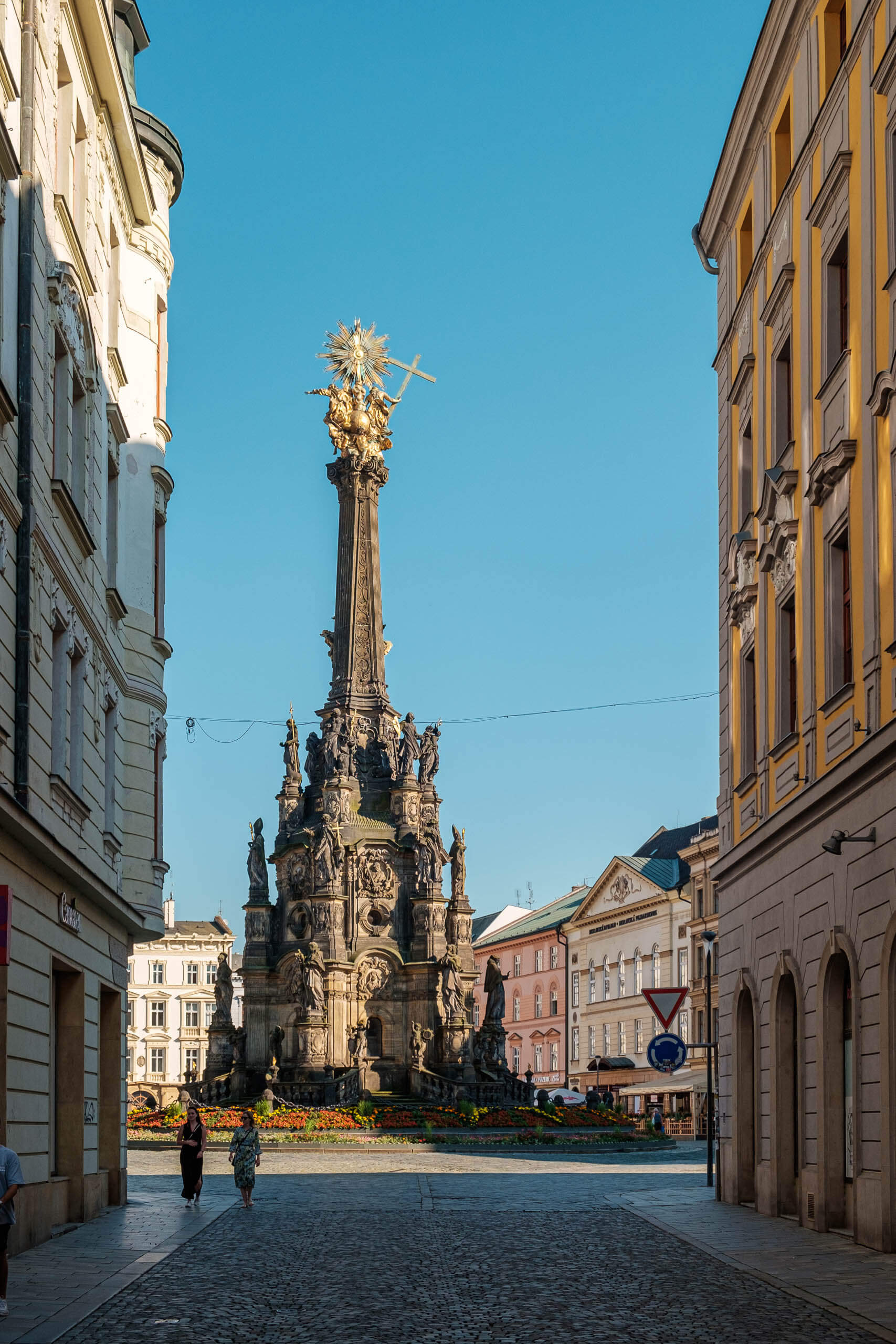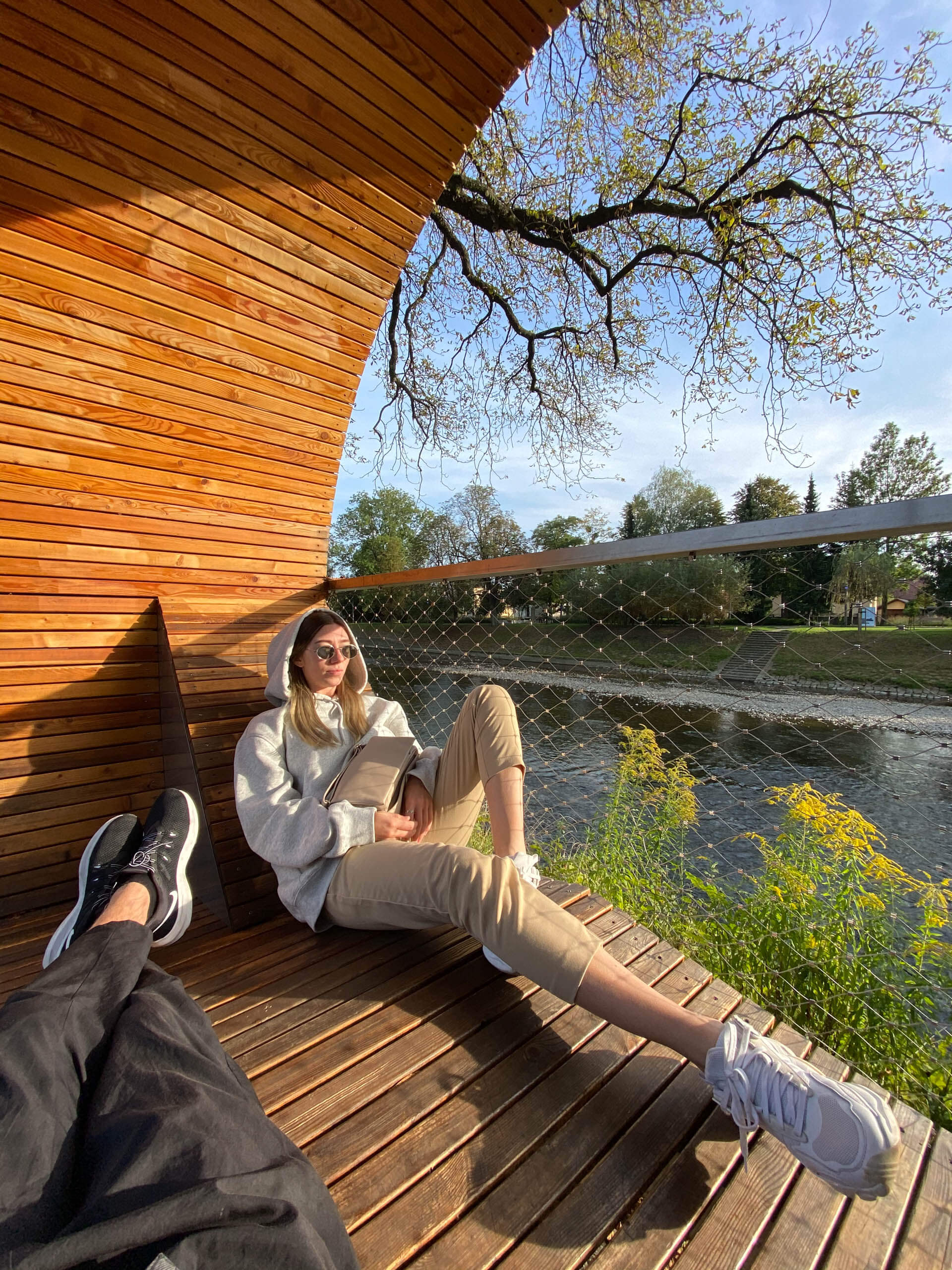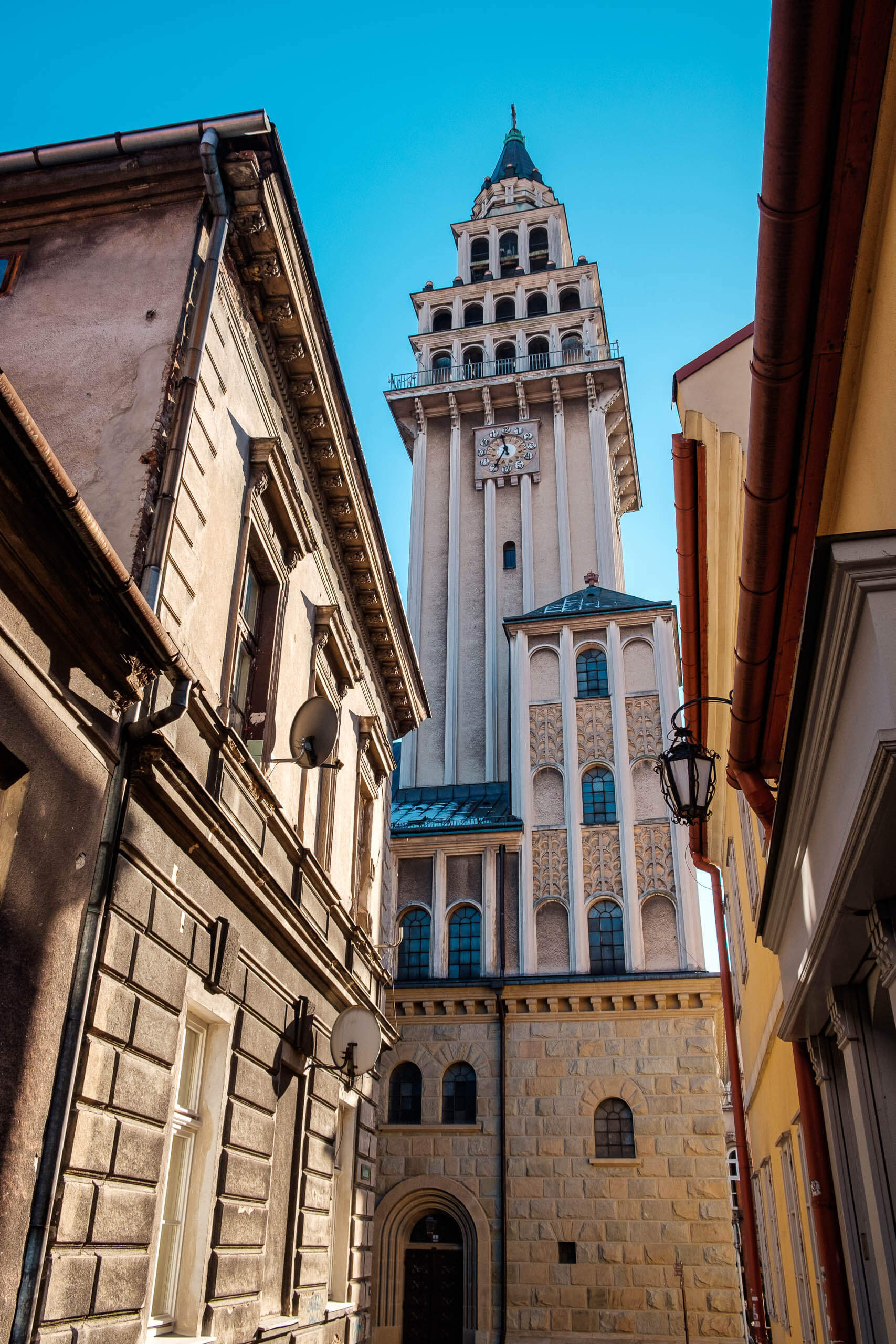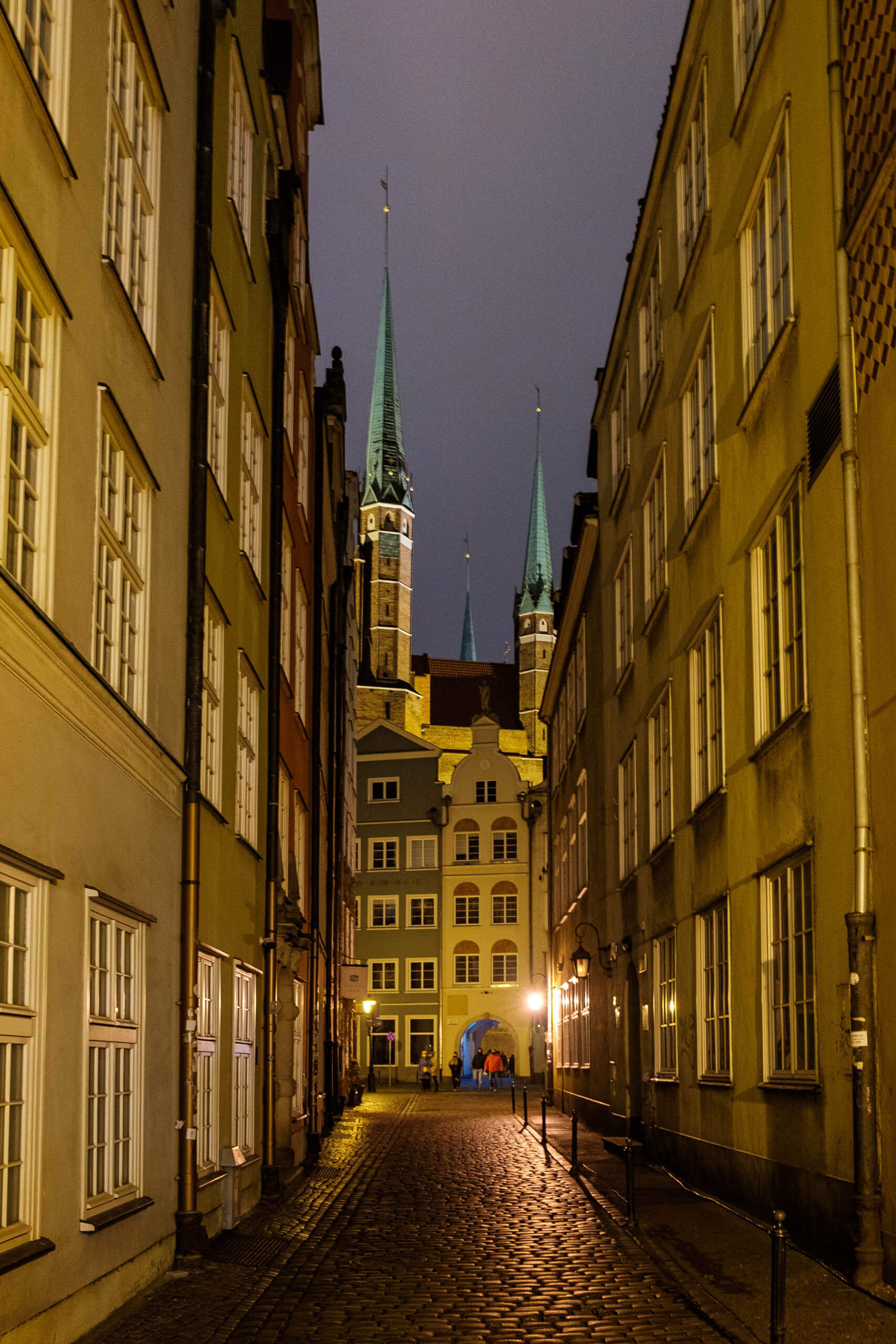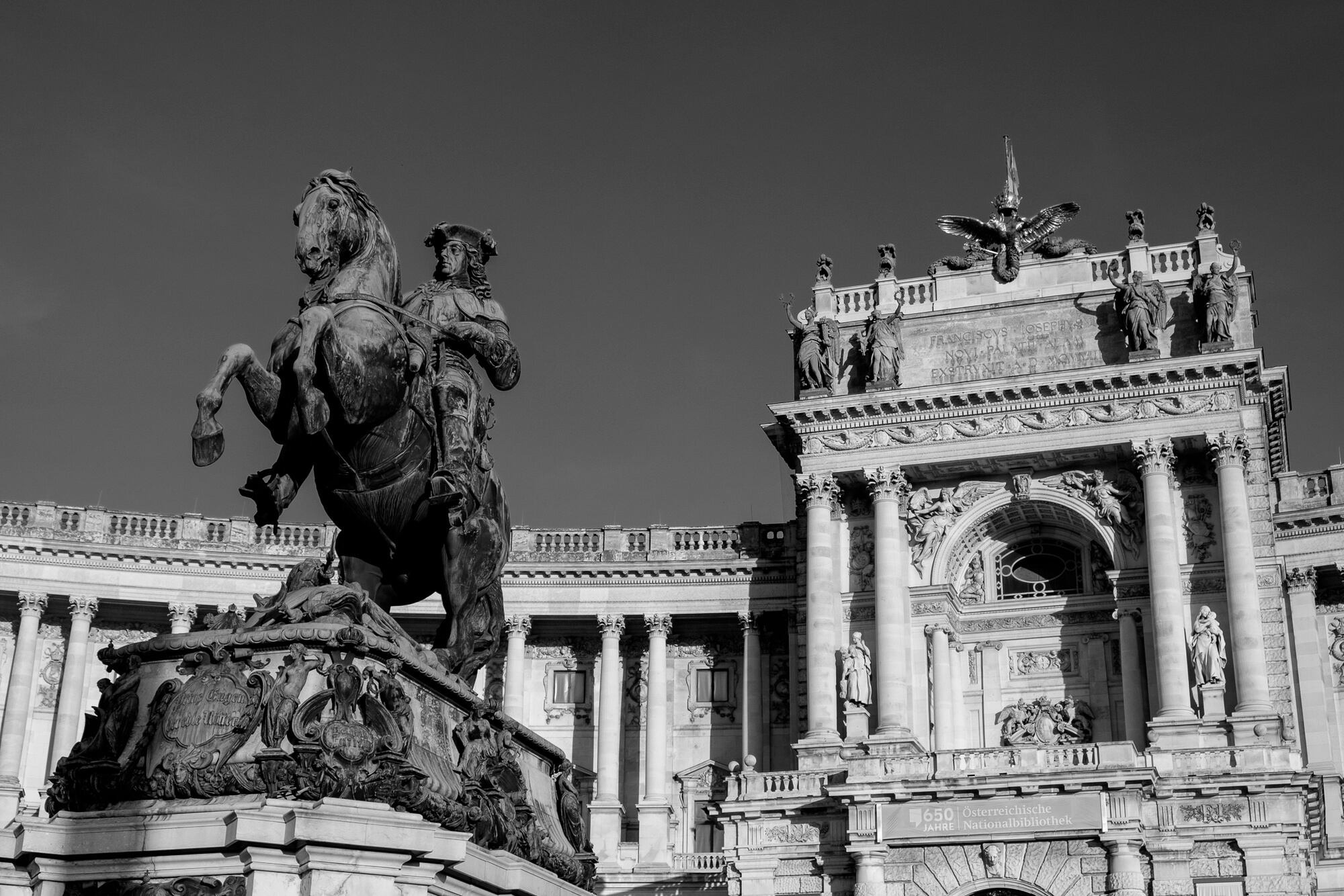This post is also available in Russian 🐻
The year was, without a doubt, an absolute mess — but it sure left a pile of memories. I’m dumping them all here so that years later, I can rummage through the stale contents while wiping a nostalgic tear off my graying mustache.
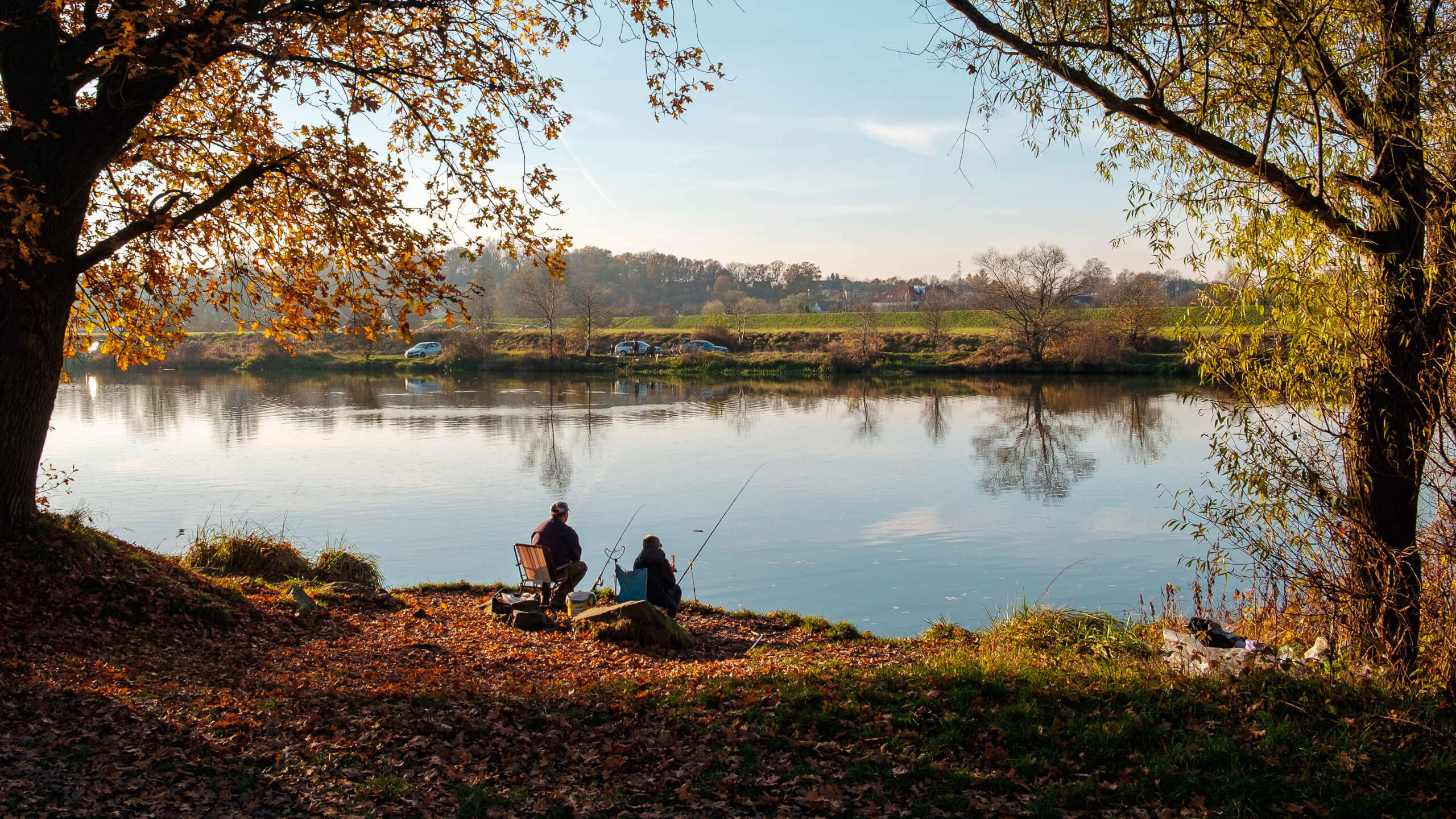
Personally, I have nothing to complain about: years of digital nomadism turned out to be perfect prep for remote work and social asceticism. Everyone dear to me made it to the New Year’s Eve in one piece. So, all things considered, it was pretty great — but for tradition’s sake, I’ll throw in a bit of whining.
Farewell to Russia
2020 started out quite uneventfully. We gathered some friends and headed to the “Polish Alps” aka the Tatras. The gang hit the slopes on skis and snowboards while I cruised around in a ”blue sled”, warming my winter mood with equally spirited beverages. Then we rented a car to check out some castles along the Trail of the Eagles’ Nests.
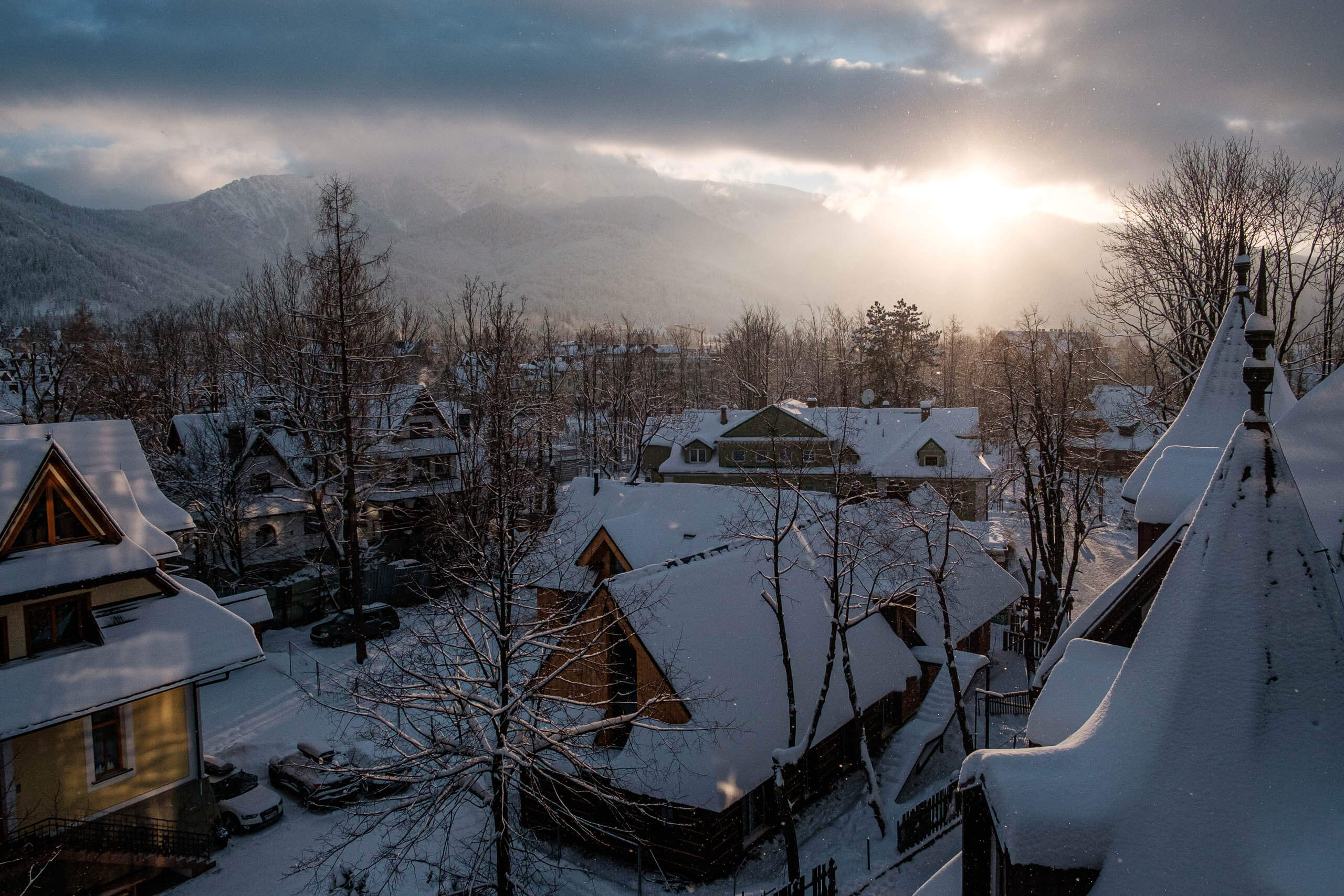

Then everything went so dull that my memory only flickered back on in February, just in time for a trip to Russia to renew our work visas and see loved ones in Moscow, St. Petersburg, and my hometown of Yekaterinburg. Russian Railroad Company took us both ways on the wonderful Moscow–Prague train, while the Motherland took us on a rollercoaster of nostalgic melancholy.
The most vivid emotion of the trip? That uneasy feeling you get while pushing through police cordons, fences, and metal detectors at the Belarussian railaway station. That scene rips you right out of any gentle Euro-dream and plonks you back into a reality where you have to stay alert and philosophical about everything.
Back in Poland, a belated New Year’s gift was waiting for us — two-year Temporary Residence Cards (Karta Pobytu). We applied back in November and finally got the plastic in March — almost four months later (which is actually considered fast by local standards). Now we can live in the EU without having to run back home for visa renewals.
Escape from Czechia
To celebrate our personal EU integration and rinse away the bitter aftertaste of the Motherland, we set out to enjoy Prague’s spring through a haze of Moravian wine. I’ve been to Czechia more times than I can count and even wrote a huge post about life and travels there. And yet I keep coming back — can’t recommend it enough.
It was mid-March, and things still seemed fine. COVID was sending out feelers, but it felt no scarier than a seasonal cold. We were chuckling at folks in masks, brushing shoulders with Chinese tourists in Old Town Square, and folding our toilet paper into four-ply origami. Until one lovely Friday evening when the Czech government announced lockdown.
We managed to snag tickets on the last bus to Kraków that very night, but by morning, all international transport was suspended. Car rentals spiked to €500 a day, and the kindest offer we got from a station clerk was: take a local train to the Polish border and walk across — “if the guards let you through.”
So we did exactly that — took a charming walk from the cute Czech village of Náchod to the Polish spa town of Kudowa-Zdrój. Then took trains to Kłodzko, Wrocław, and a bus back home to Kraków. Fourteen hours of pure chaos and uncertainty, 15 km on foot, and two random travel buddies from Armenia and Ukraine. A perfect little adventure.
Lockdown in Kraków
The very next day, Poland closed its borders, and coming back a day later would require two weeks of quarantine. The country imposed some of the strictest restrictions in the EU — banning walks, mandating masks even outdoors, shutting down public spaces (including children’s playgrounds), and reserving shopping hours for seniors.
Krakowians started following the rules surprisingly well, and the first wave barely cracked 500 daily cases. We stayed home, basking in the joy of a spacious green terrace with a view of spring. At first, it was even exciting — finally a chance to sit still after years of constant travel.
Suddenly, there was time and money for little domestic joys — a pull-up bar, a comfy work chair. Then came the boredom, and then the indulgences — a TV, and ongoing wine tastings (thanks to which I mastered the Polish wine dialect and discovered Weisser Mulatschak and Andert-Wein Rosè).
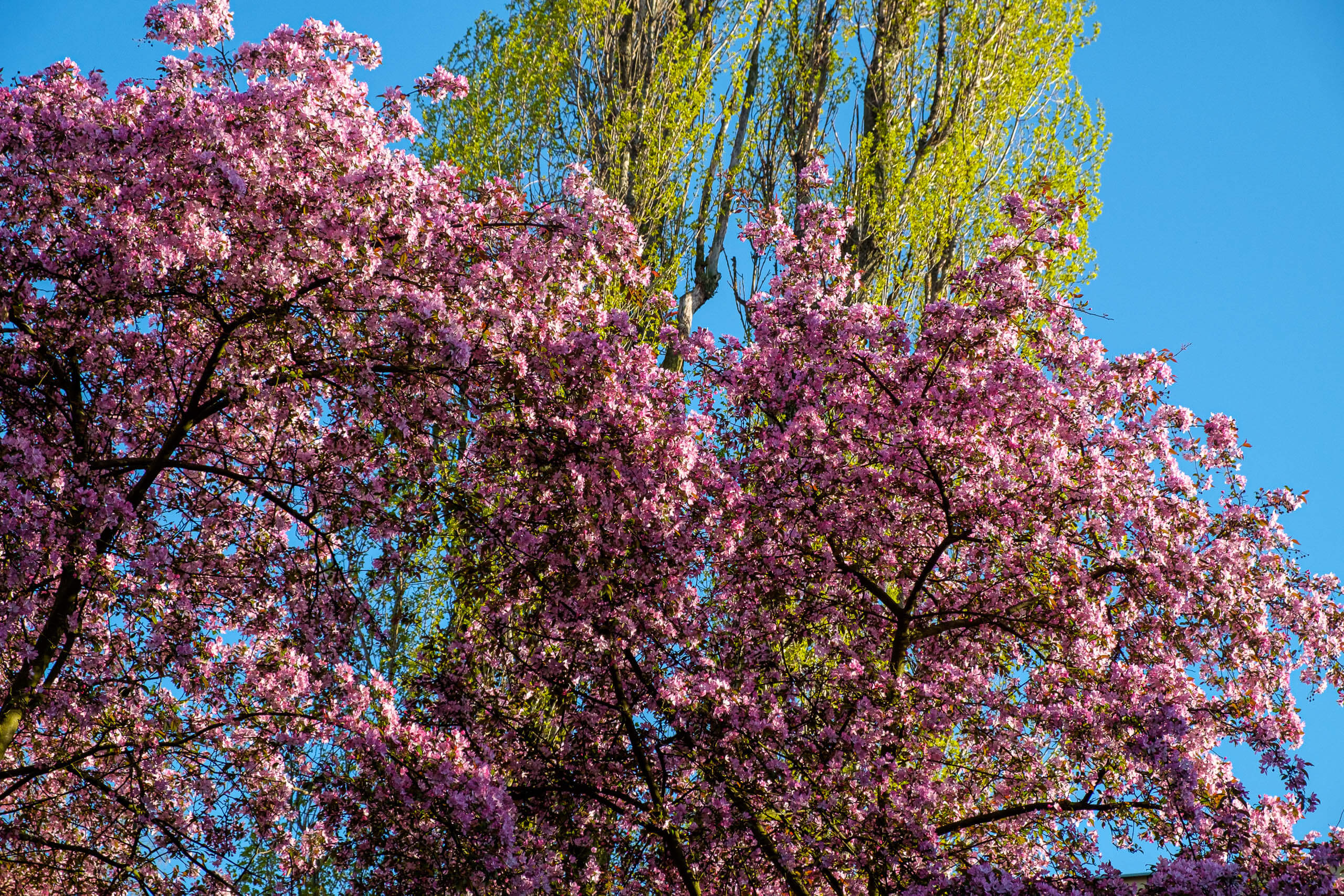
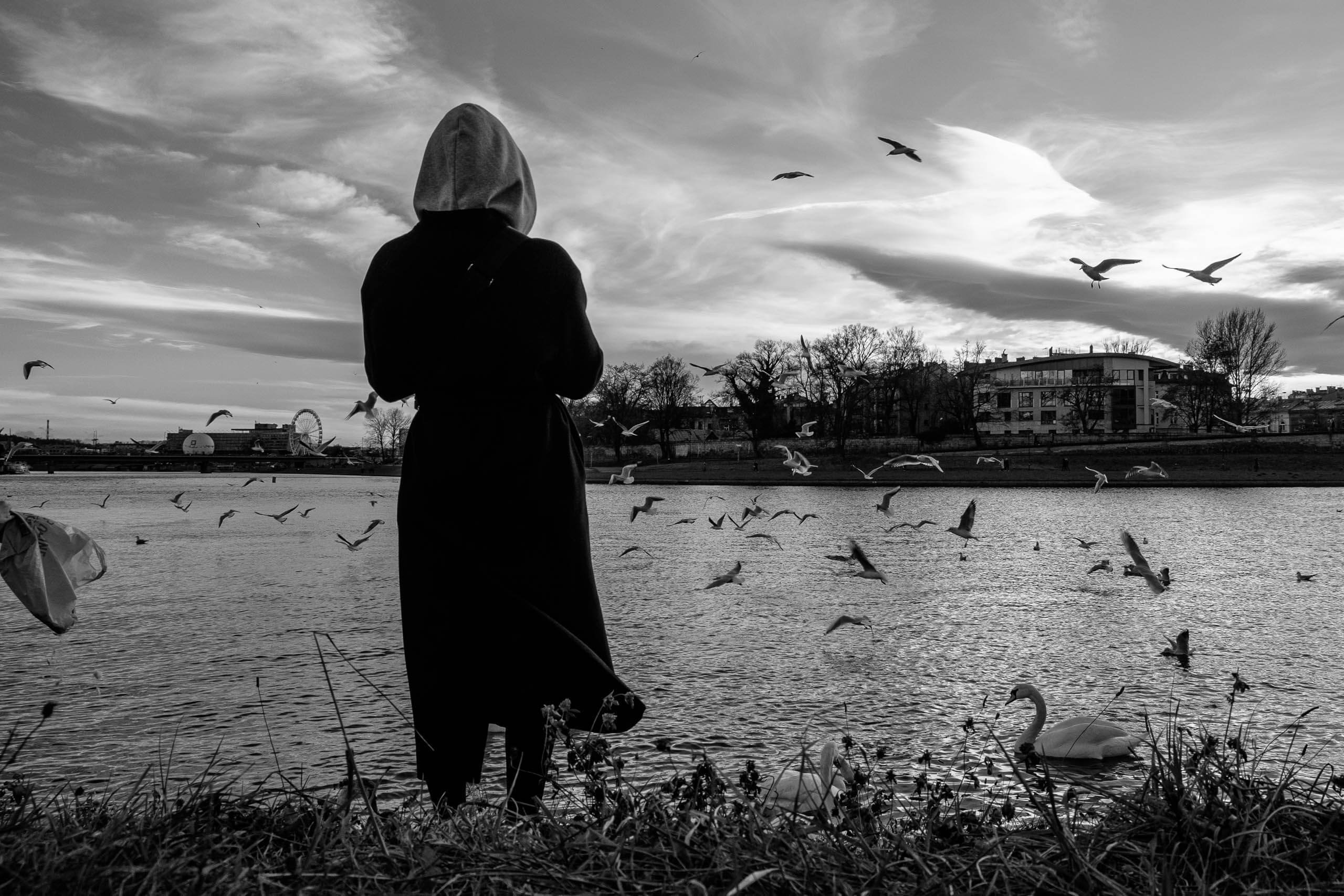
By summer, restrictions were loosened. Still, the Polish government postponed the presidential elections (which were quite a show to watch, even though the conservative candidate still won). Meanwhile, Russia held its constitutional vote as planned — and we dutifully voted “no”, avoiding public spaces as much as possible.
The second wave hit in September, peaking at a much gloomier 30,000 cases a day. Poland struggled to cope, restrictions came back, and we’re still cut off from most of life’s pleasures — including mask-free walks and quick hops to neighboring countries.
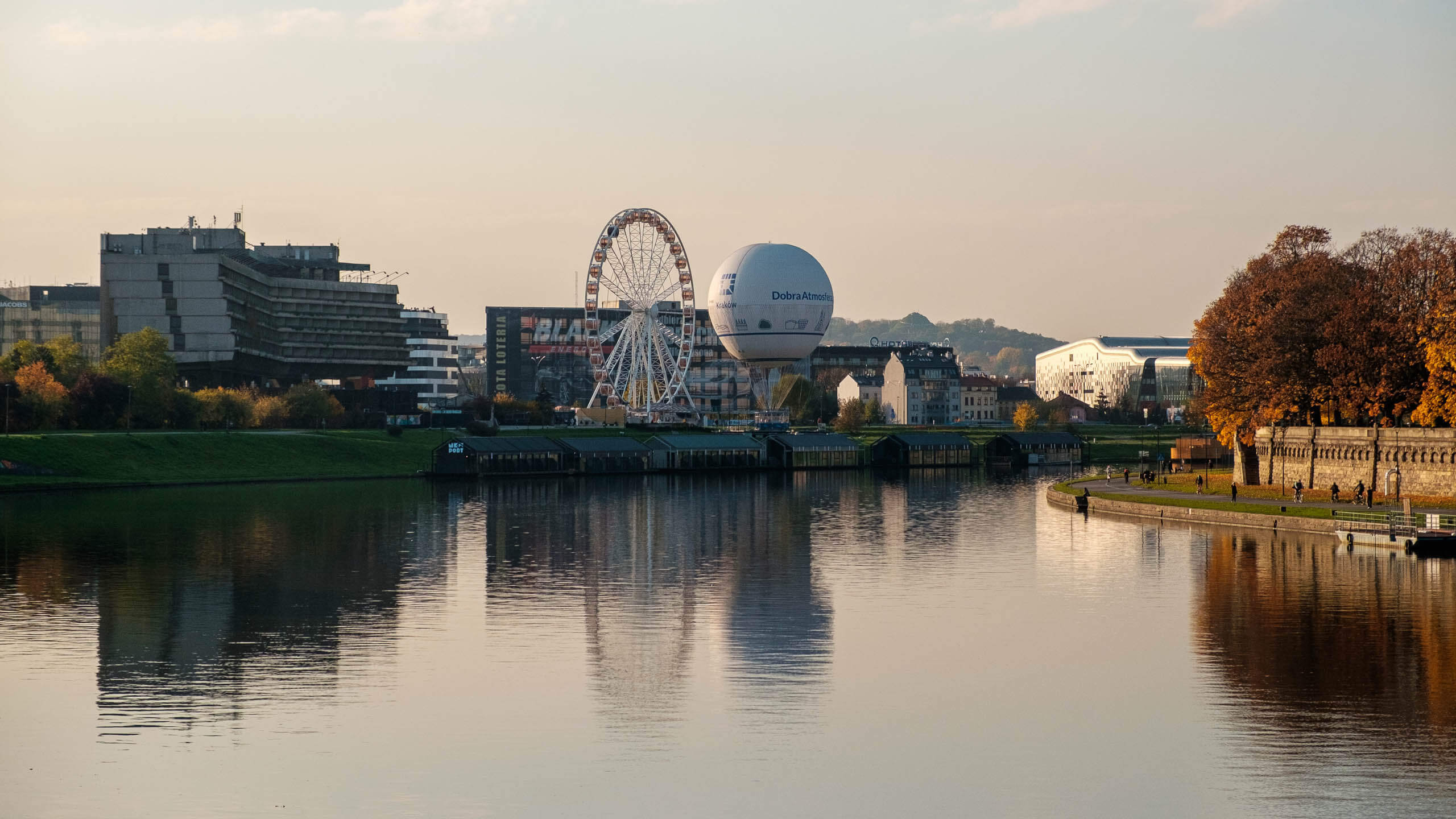
Spring in Kraków was stunning — April was full of cherry, sakura, and crocus blossoms. Summer was long and hot. Golden autumn stretched lazily from October through November. But then came the miserable grayness of December, with fogs, rain, and an impenetrable smog. No snow, and for the first time we started to feel down about how small and quiet the city felt.
Work in the Comfort Zone
The pandemic didn’t affect my professional life. The projects I’ve been working on have been remote for years, and they actually grew a bit in 2020. Our agency OUT.AGENCY shipped a bunch of awesome websites and interfaces. We hired more people and started making things in English.
Our meditation app Practico turned one year old. We found investors, hit our first $100k, released tons of new meditations, an Android app, and a bunch of other cool stuff. We even published two hit articles on VC.ru about our wins and fails — one in April, and one in September.
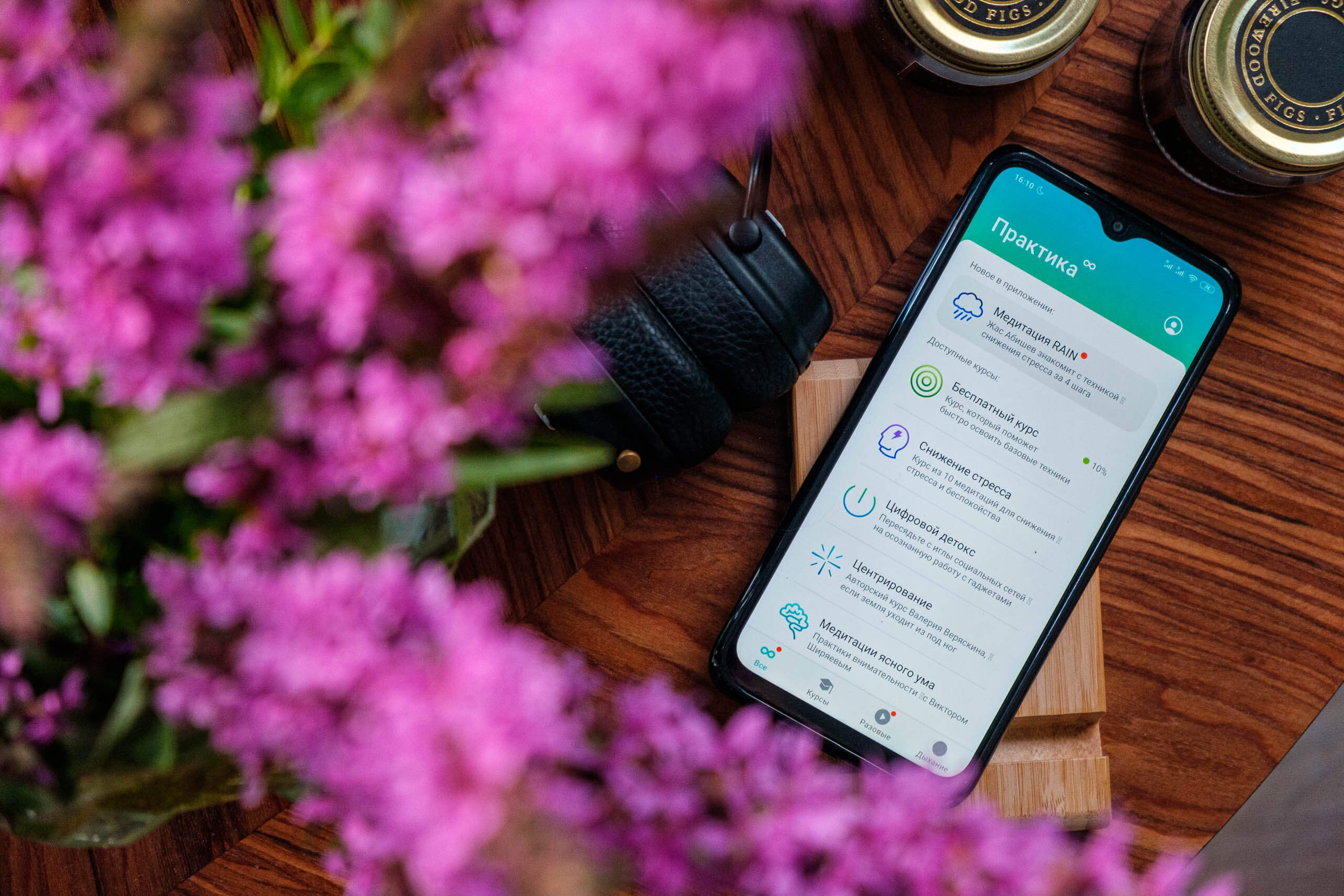
In the coming months, Praktika will go international — we’re prepping a release in three foreign languages. We’re also planning a full redesign and a ton of new content. It’s safe to say this next year will be a decisive one.
Travels in the Risk Zone
Despite everything, we still managed to visit a few places. In the summer, while internal EU borders were open, we flew to post-COVID Sicily. The island seemed dirty, hostile, and boring (especially Catania, where we foolishly stayed). A few times it genuinely felt unsafe.
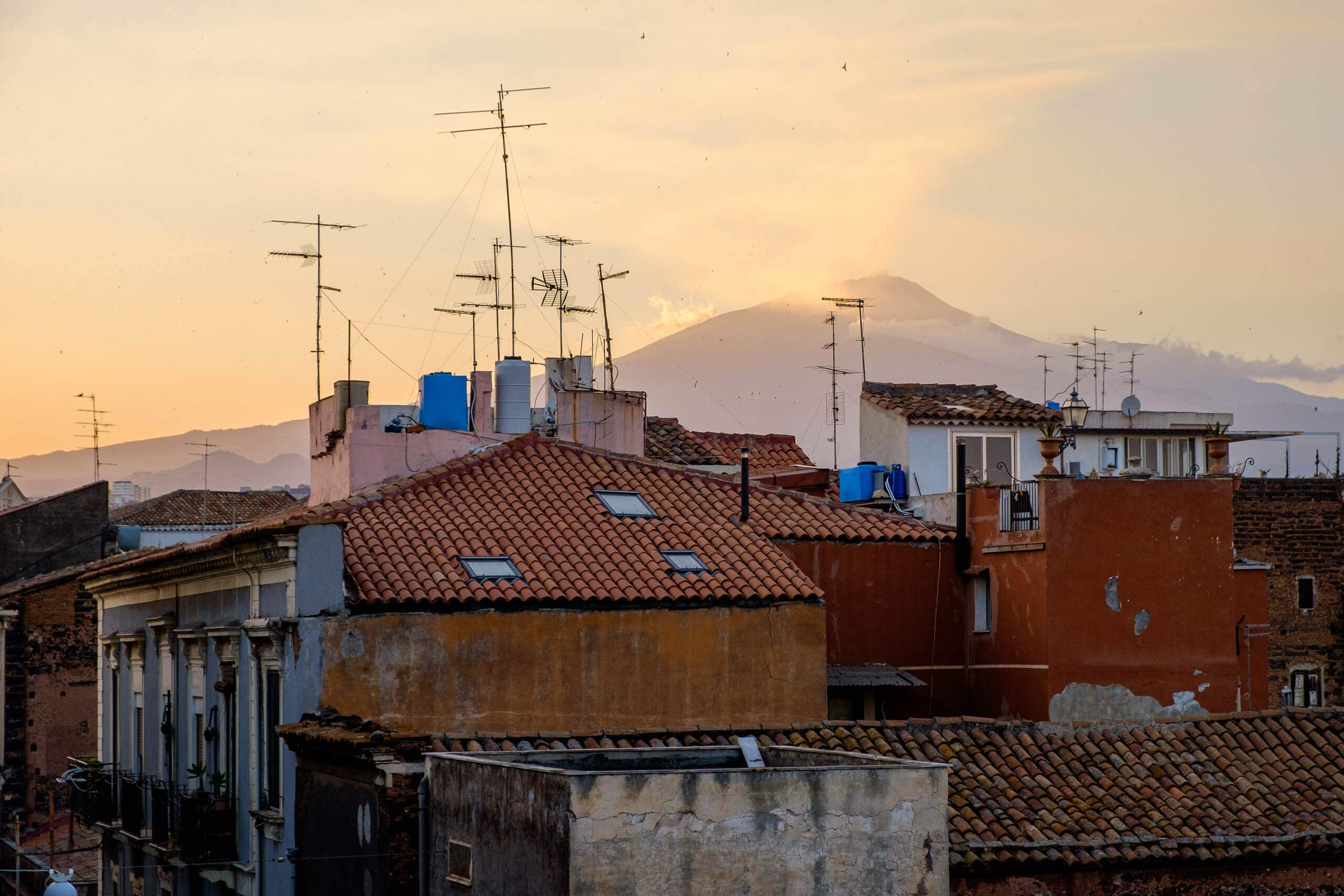
Still, some locals — clearly missing tourists — helped brighten the picture. Especially the guard at Aci Castello, who read Brodsky to us in Italian and called us “Iosif” and “Marina”. The amazing Sicilian cuisine left a serious impression too.
In August, we visited friends in Cyprus. The island feels like home by now, so instead of sightseeing, we just soaked in the sun, drifted around in a beat-up BMW, watched YouTube together, and followed the events in Belarus. We barely made it back to Kraków before Cyprus went into lockdown and shut down air travel.
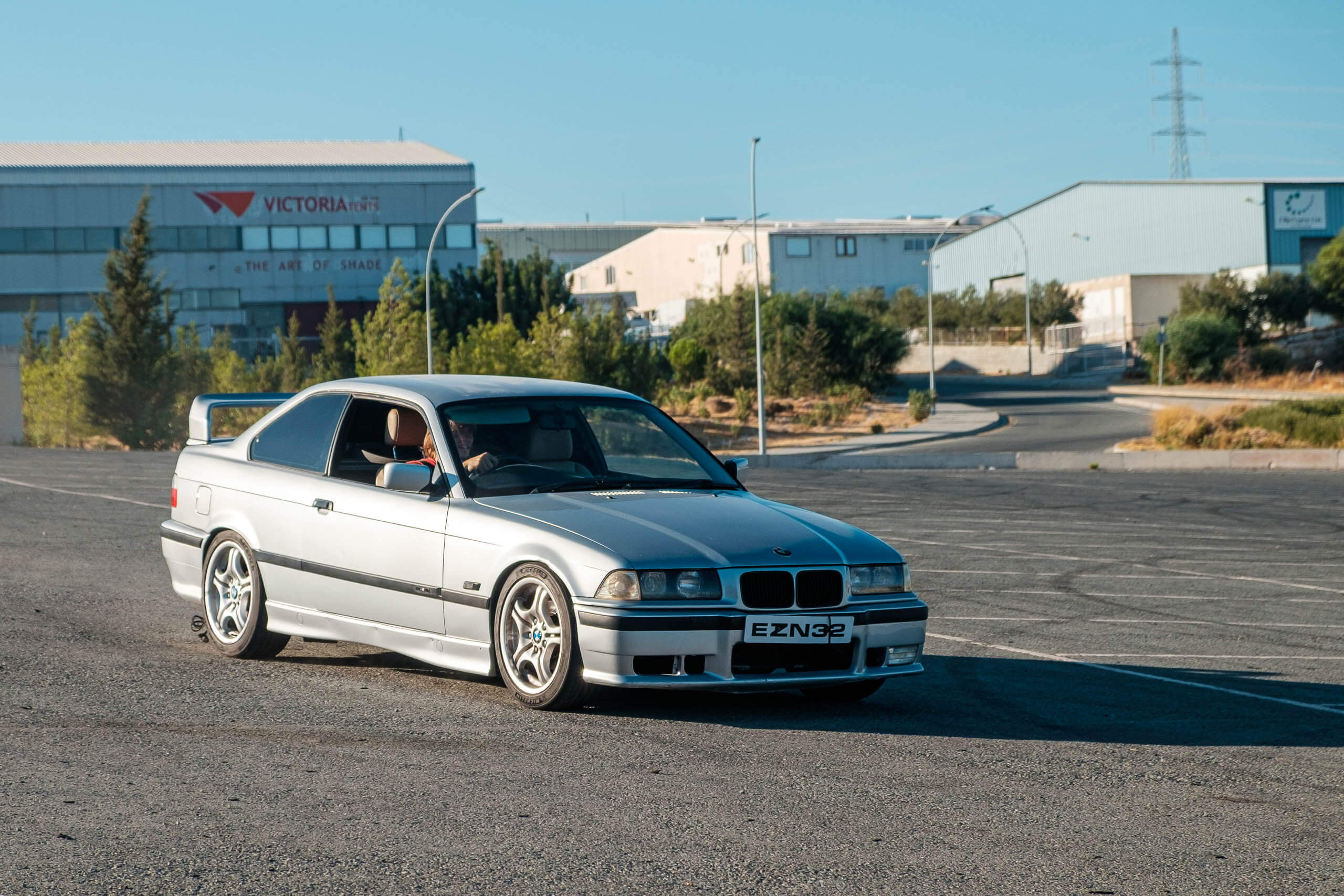
Later, we took another trip to Prague (because we found dirt-cheap first-class train tickets). We discovered the small city of Olomouc in Moravia, and Cieszyn, split between the Czech Republic and Poland — you can literally cross the border on a footbridge (cool experience, but the town itself is pretty dull).
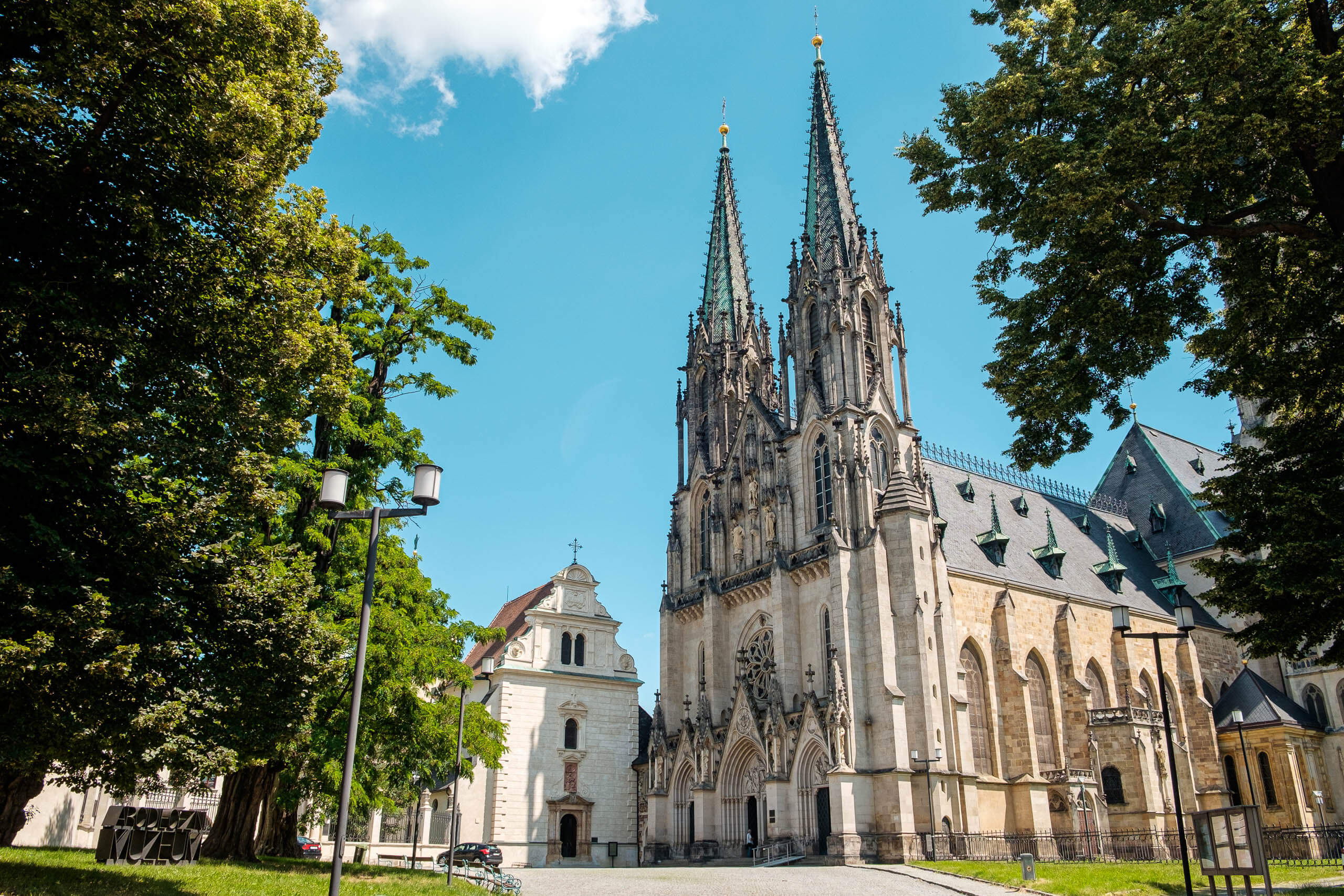
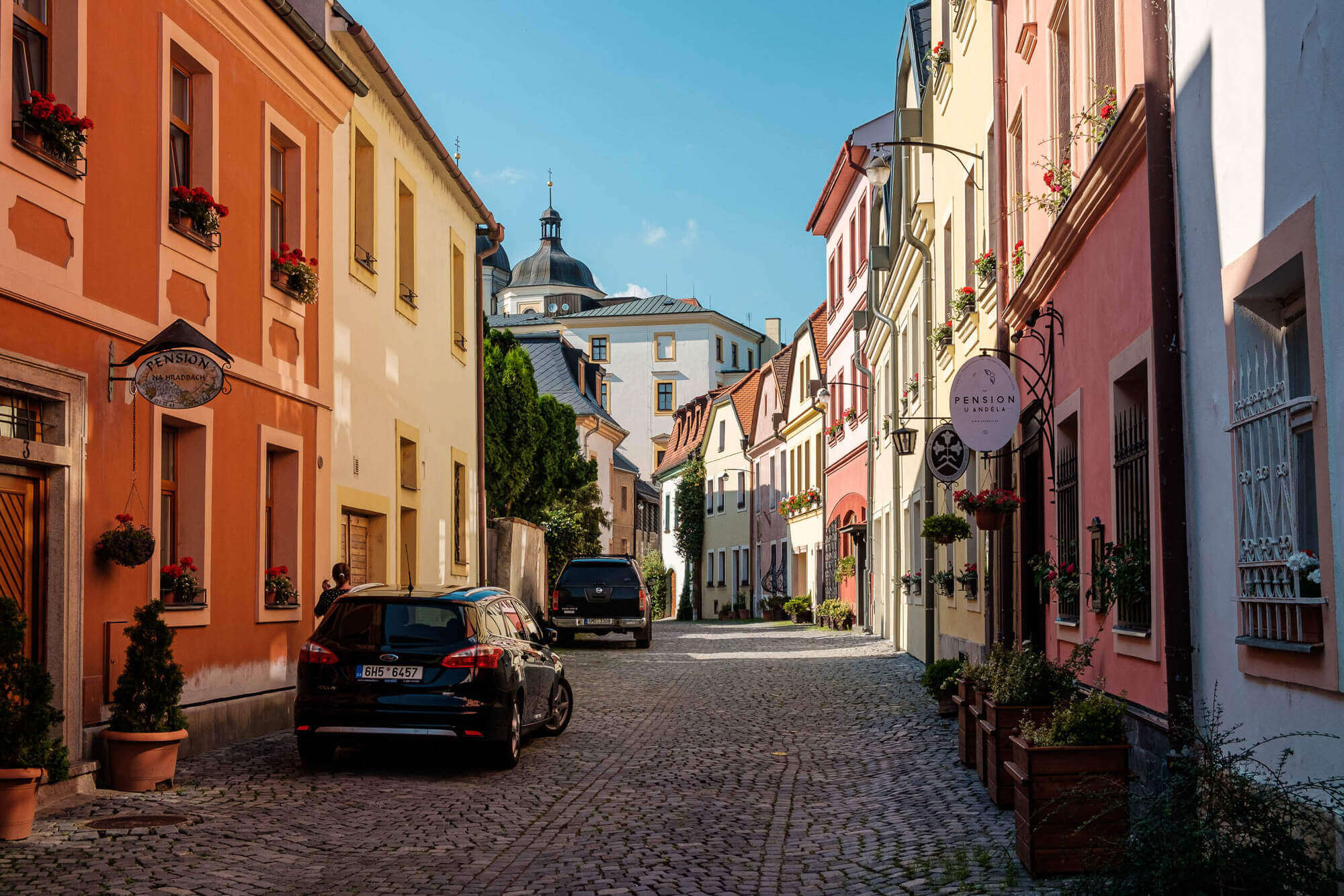
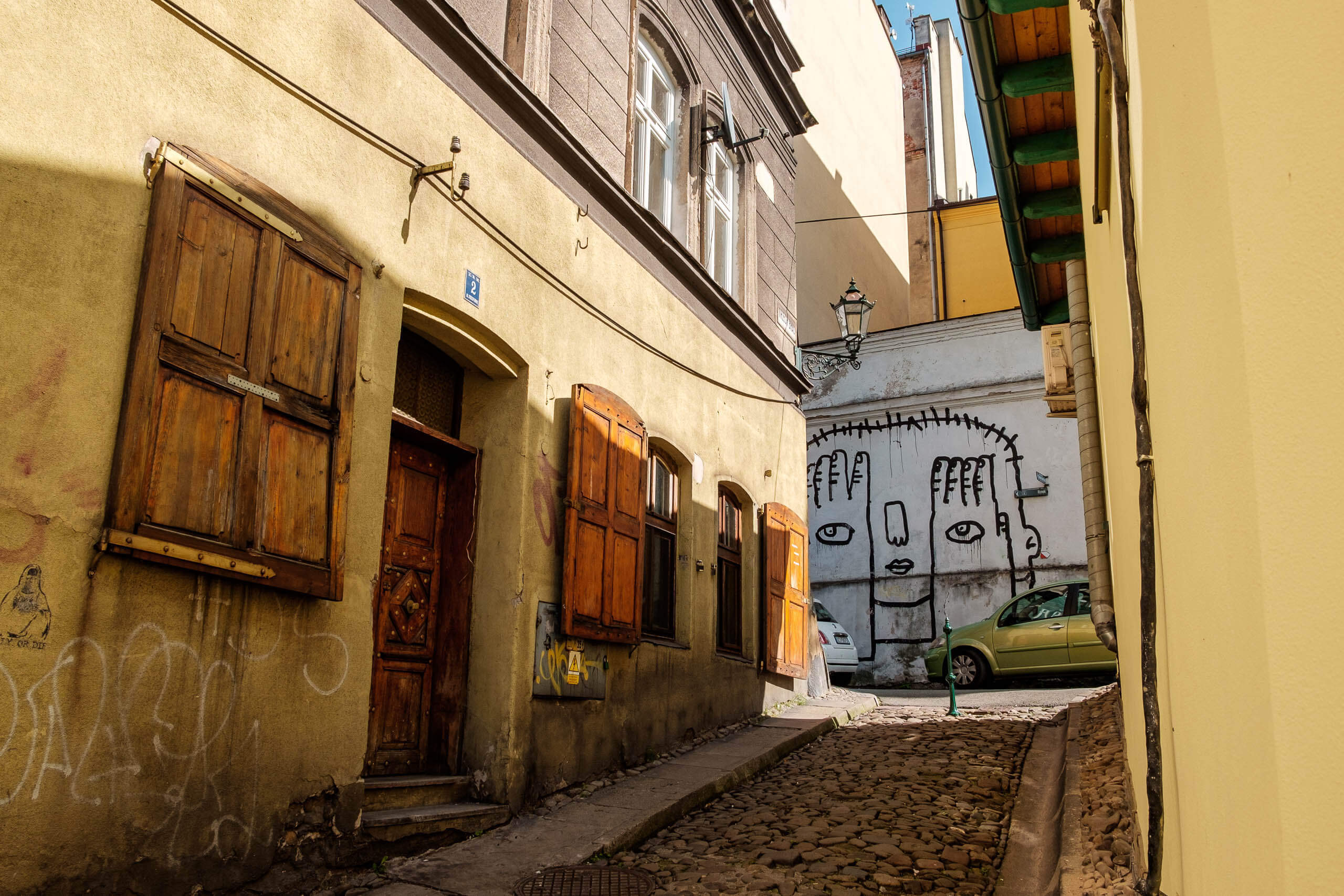
At the end of the year, when all borders closed again, we took the chance to see more of Poland. We celebrated my birthday in the same mountain resort Zakopane where our 2020 began. We also visited Bielsko-Biała (the most beat-up city in the country so far) and Katowice (a capital of factories, hipsters, and eSports tournaments in western Poland).
We celebrated New Year’s Eve at home for the first time in a decade (thanks to curfew) — with salads and TV. Then we headed to Gdańsk — a Baltic city that unexpectedly became the top travel highlight of recent years, and easily the best place in Poland to satisfy your cultural and aesthetic thirst.
Throughout its history, the city kept switching between Poland and Germany, and picked up an architecture that doesn’t resemble typical Polish towns at all. By 1945, around 80% of the buildings were destroyed, but unlike many others, Gdańsk’s historic center was carefully and almost entirely rebuilt.
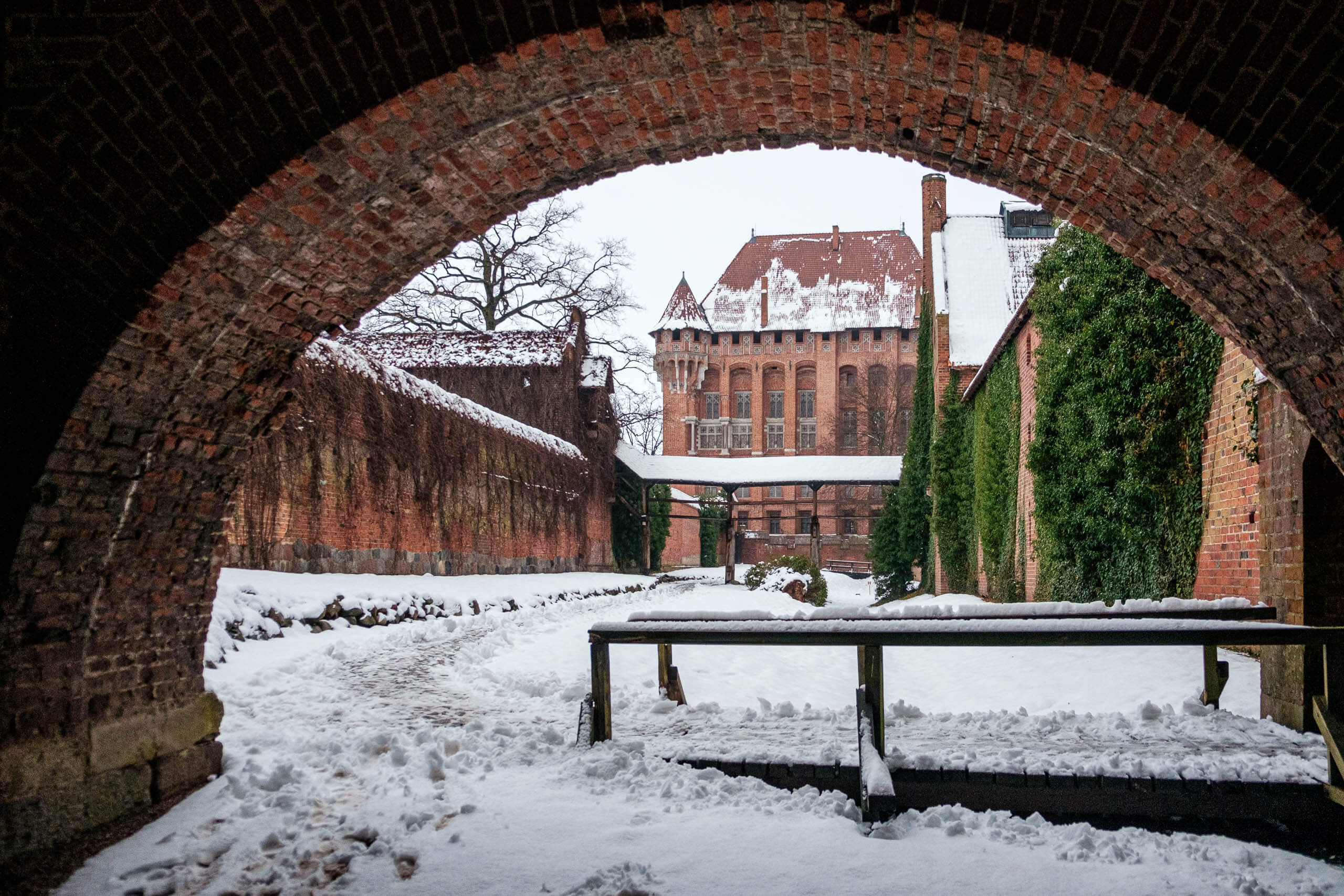
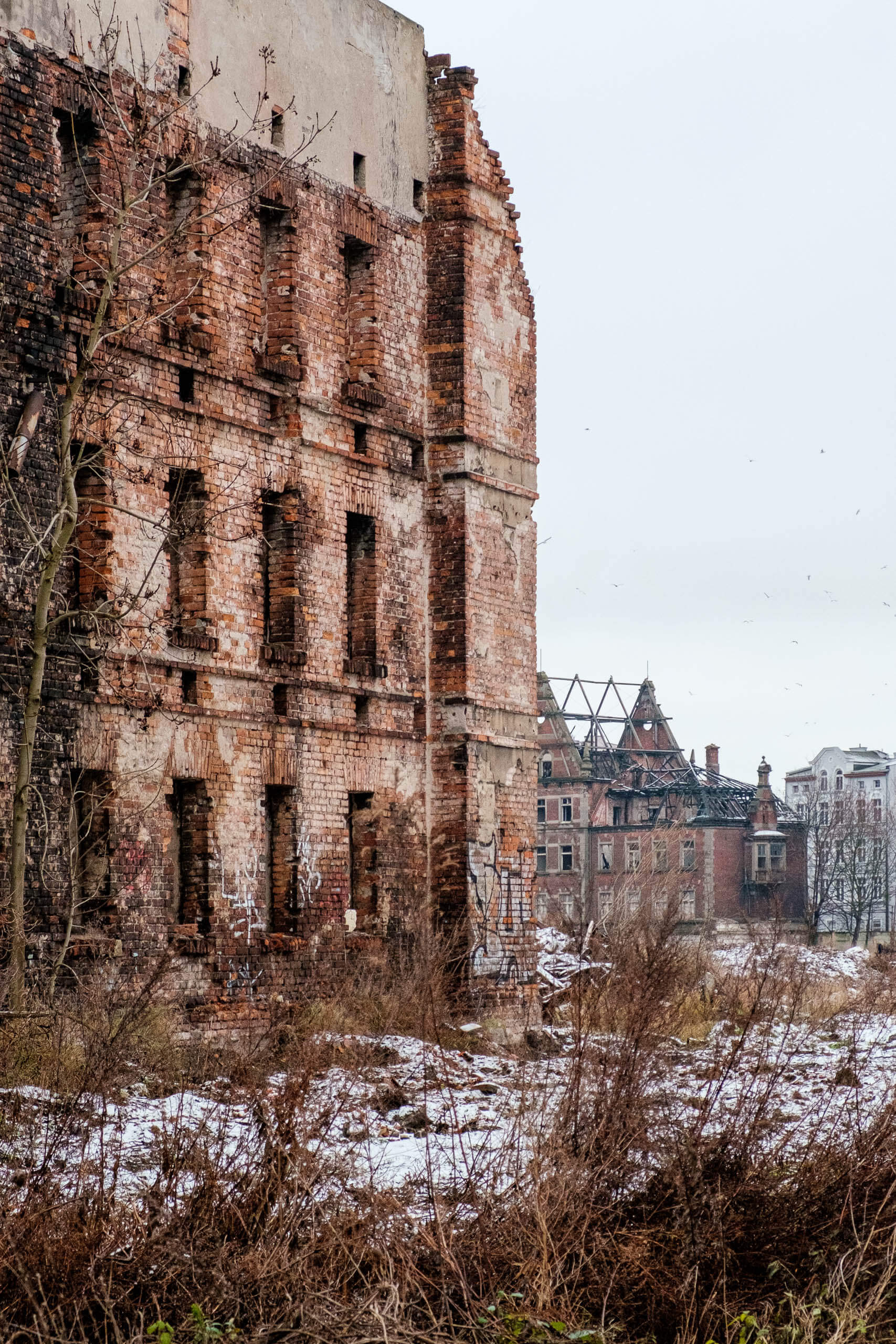
We explored the overwhelmingly massive St. Mary’s Basilica — second only to Cologne in size and the largest brick church in Europe — and the equally brick-built Teutonic Order Castle in Malbork. We also took in all sorts of gothic, baroque, and half-timbered architecture, with occasional splashes of Scandinavian-style minimalism.
We walked the sandy Baltic beaches in a snowy breeze — all the way to Gdynia and Sopot, which together with Gdańsk form the inseparable Trójmiasto (Tri-city). We warmed up with endless grzaniec (mulled wine) and spicy fish soup with herring sandwiches. We admired the beat-up panel ghettoes, cracked roads, and WWII bomb scars.
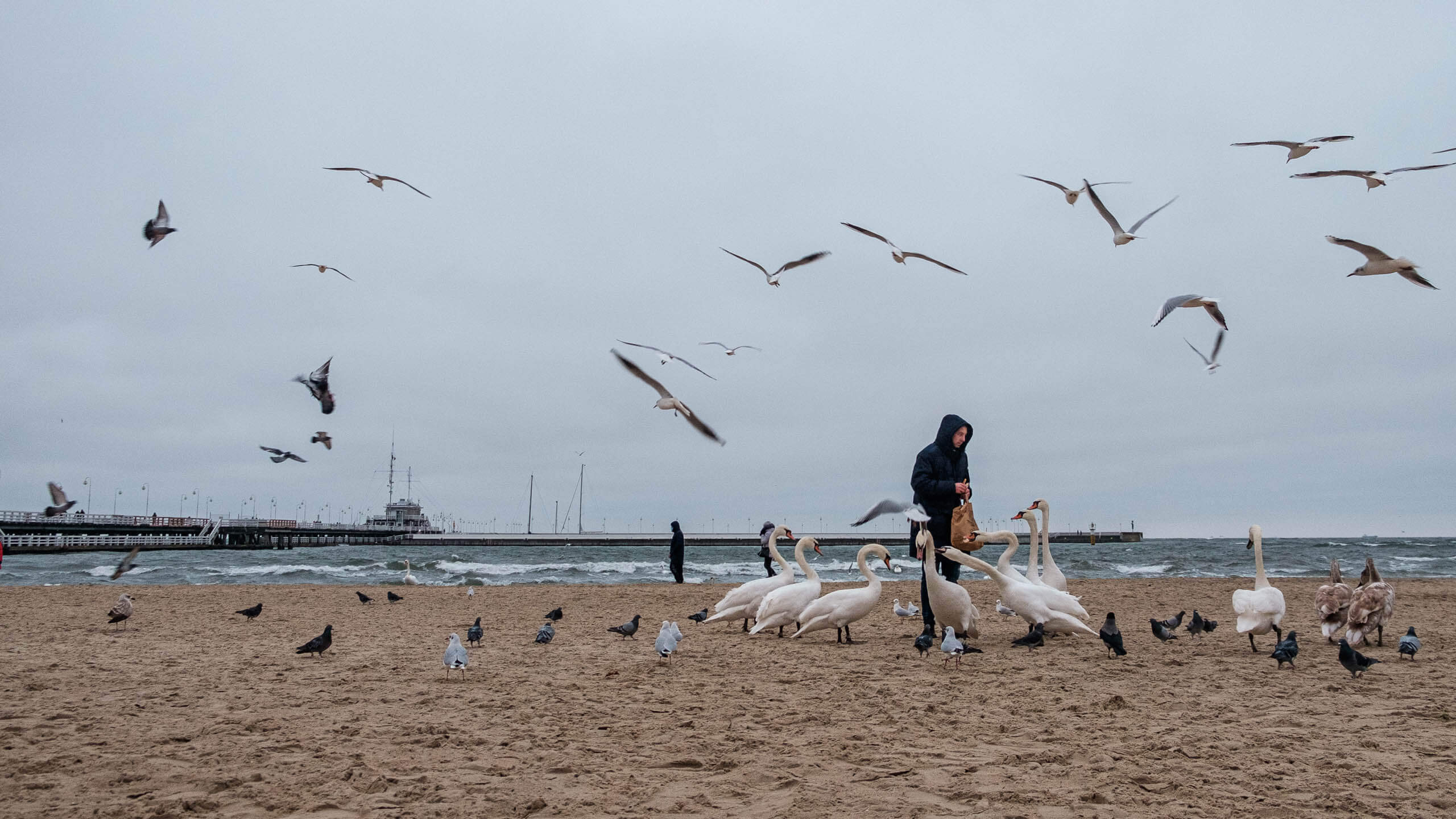
Besides the actual trips, I also wrote a handful of decent photo-essays about past travels around Europe:
- Living in Prague and traveling around Czechia
- Traveling around Italy, when that still sounded normal
- A little trip through France
- 75 photos from Germany
- How I fell in love and moved to Poland
Back to 2021
Technically, 2020 is over — but in practice, it continues. COVID restrictions in Poland are extended at least until the end of January. Restaurants and museums are still closed, masks are mandatory even outside, and vaccination has barely started — less than 10% will get a shot by spring. Neighboring countries are also locked down, and the Second World Wave isn’t going anywhere.
I have to admit that even though I’ve taken all the rules seriously, I’m tired of the strict regime — and I kind of envy how relaxed things are in Russia. I miss friends who used to break our voluntary hermit lifestyle with surprise visits. I want to hug everyone again. Cough in people’s faces. Without the fear of causing fatal offense.
Really hoping to write about that in next year’s annual post. See you then!
